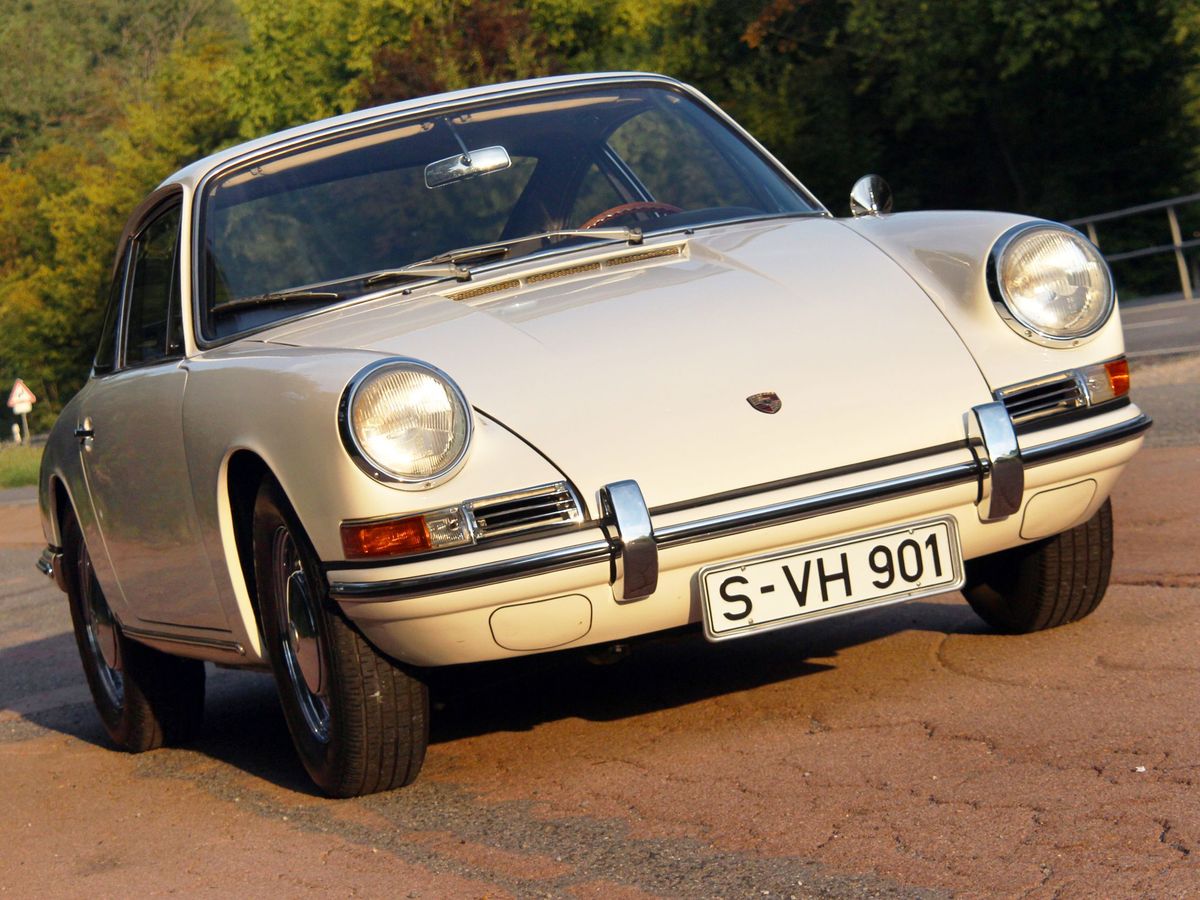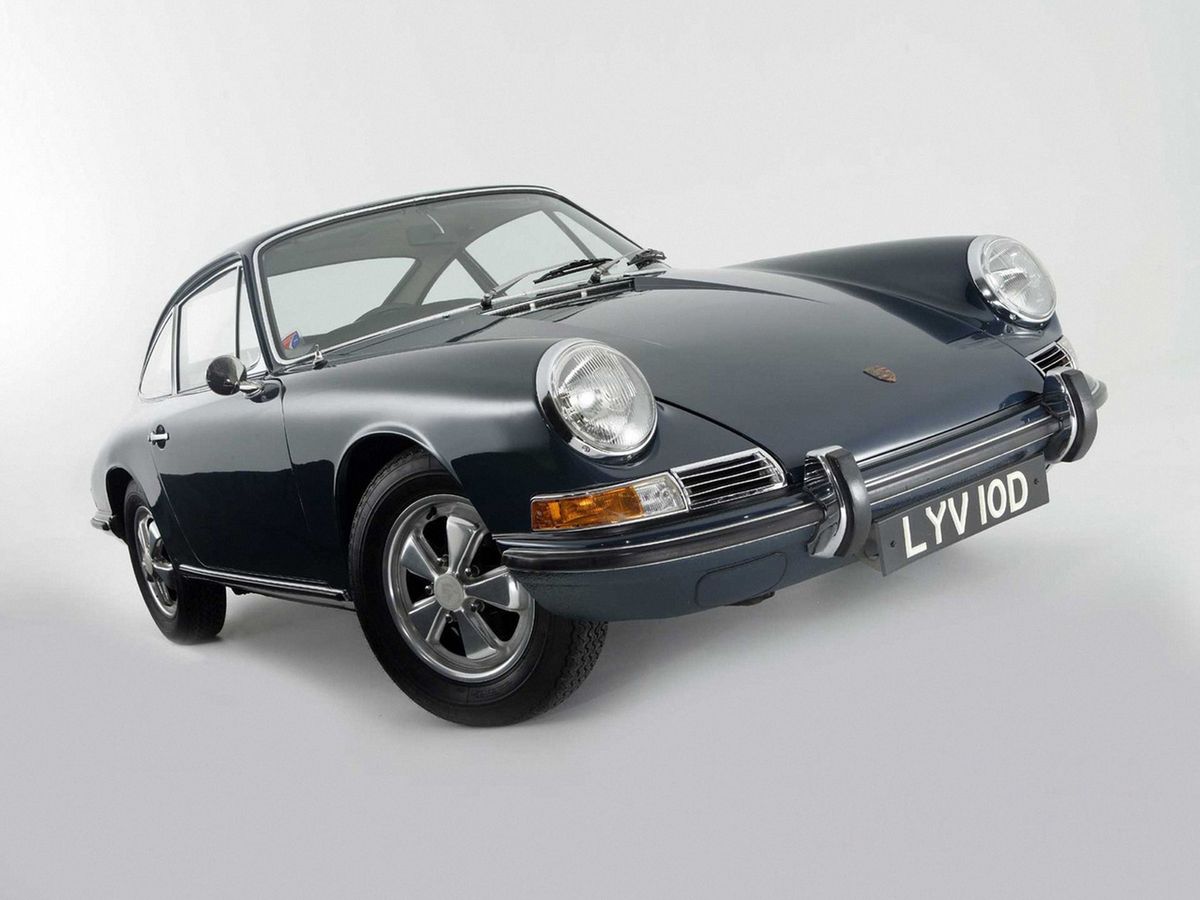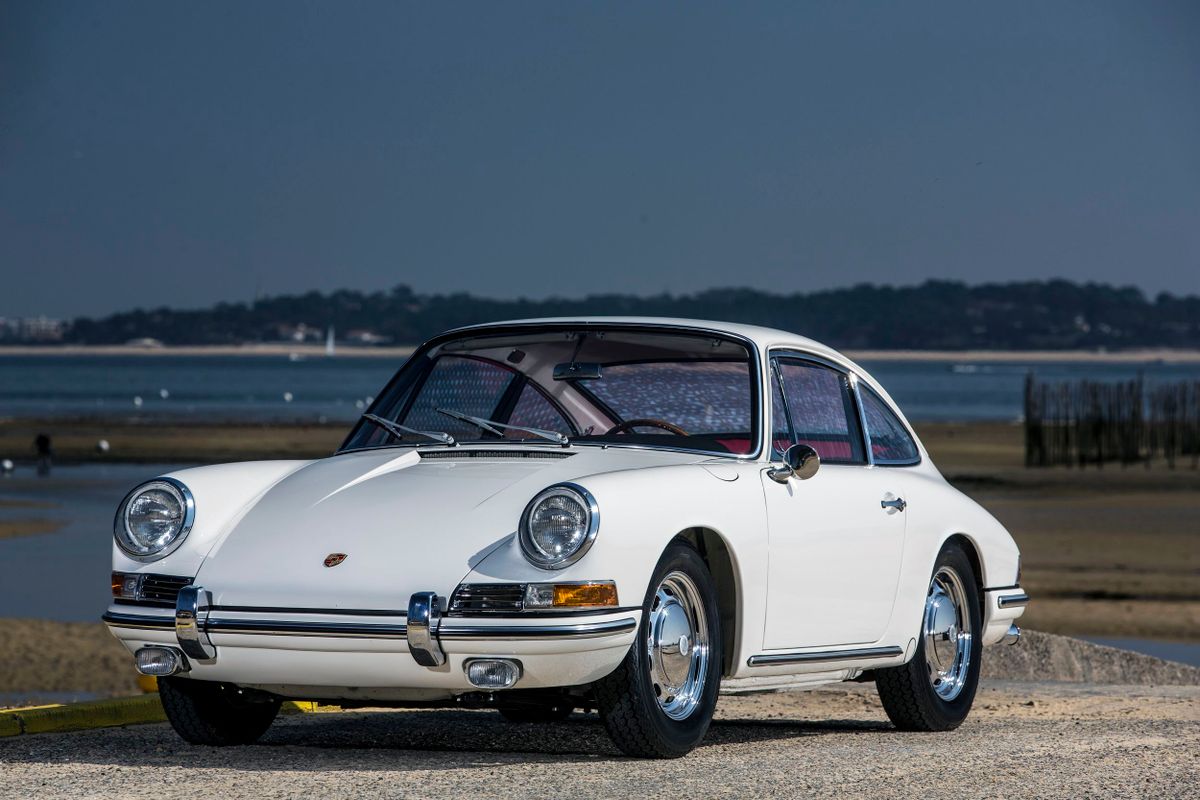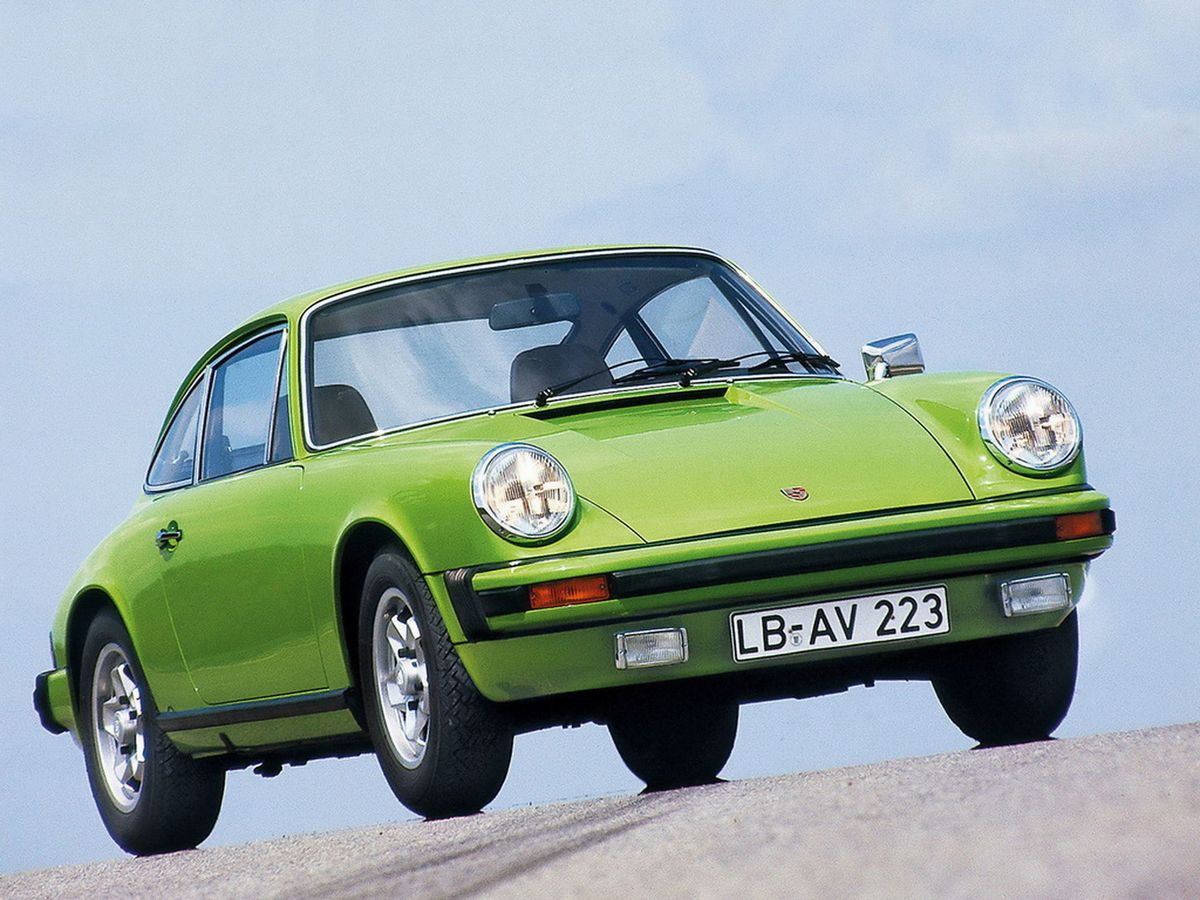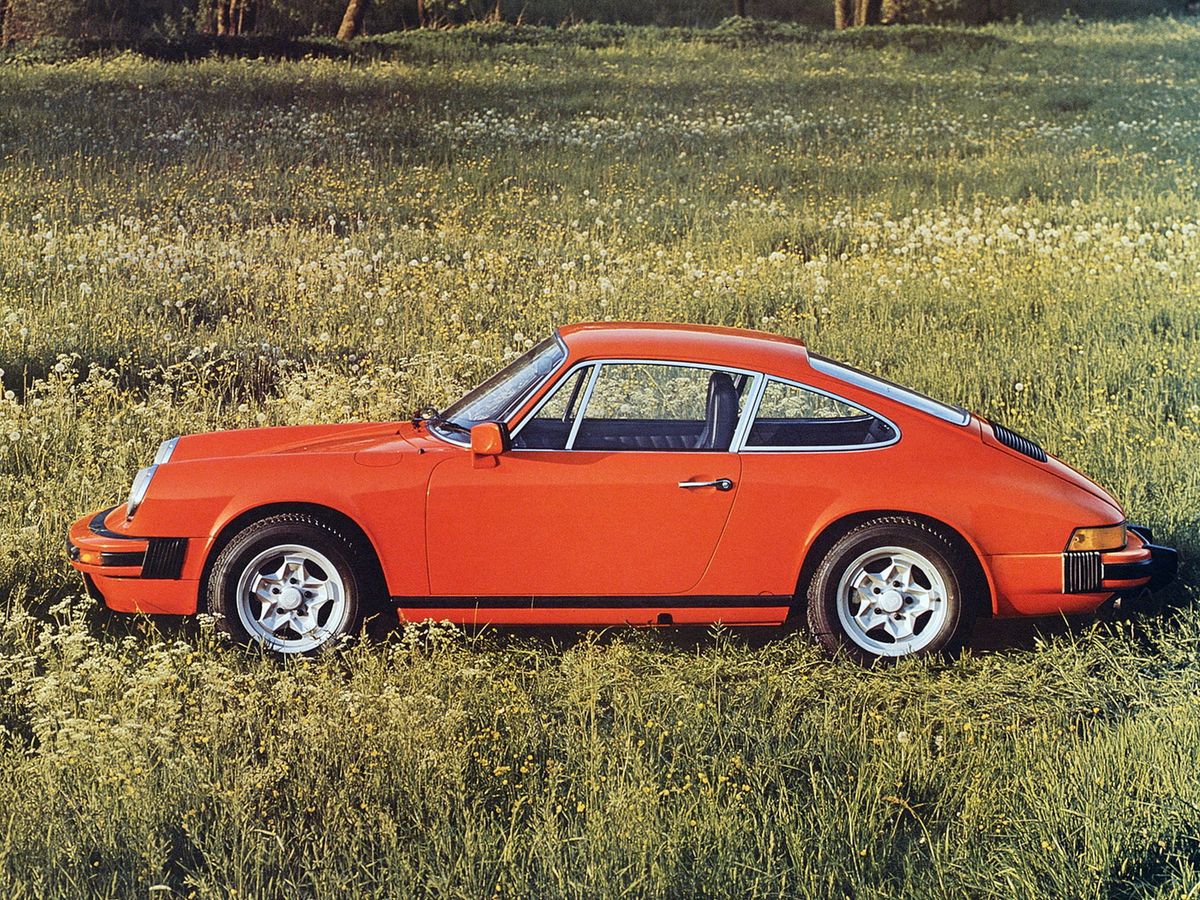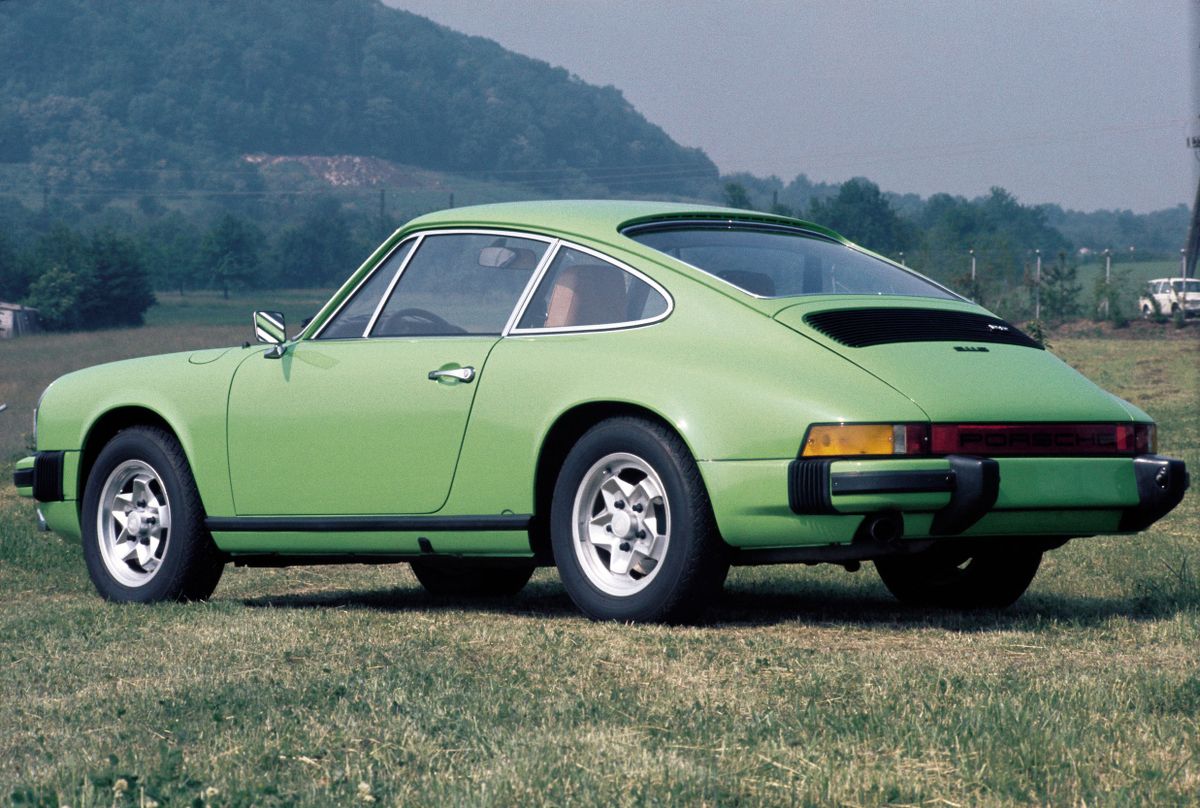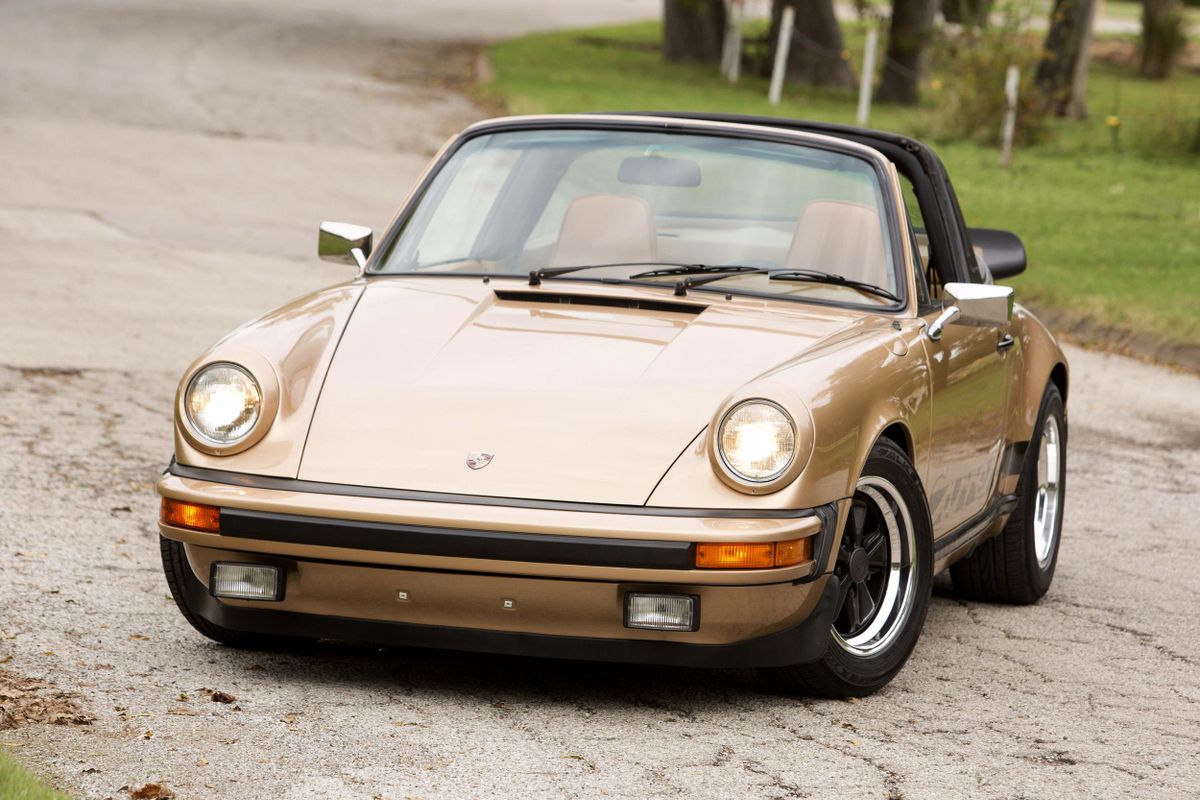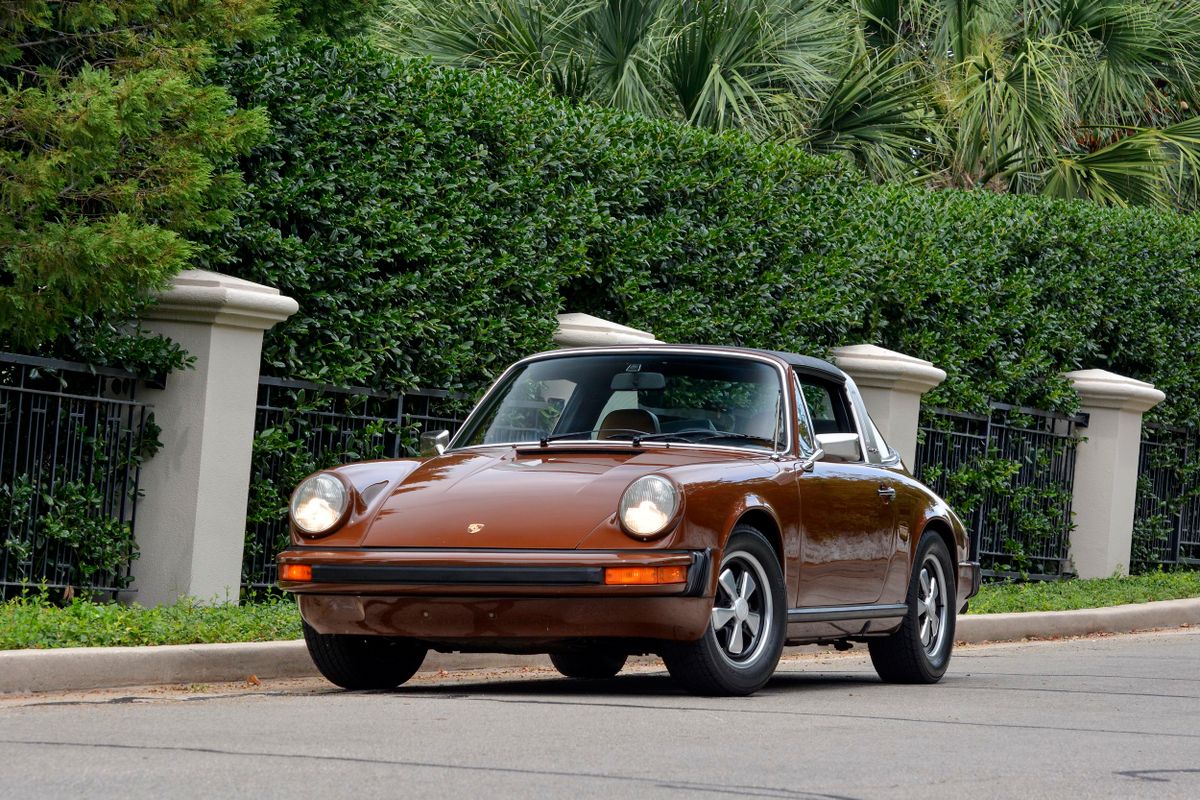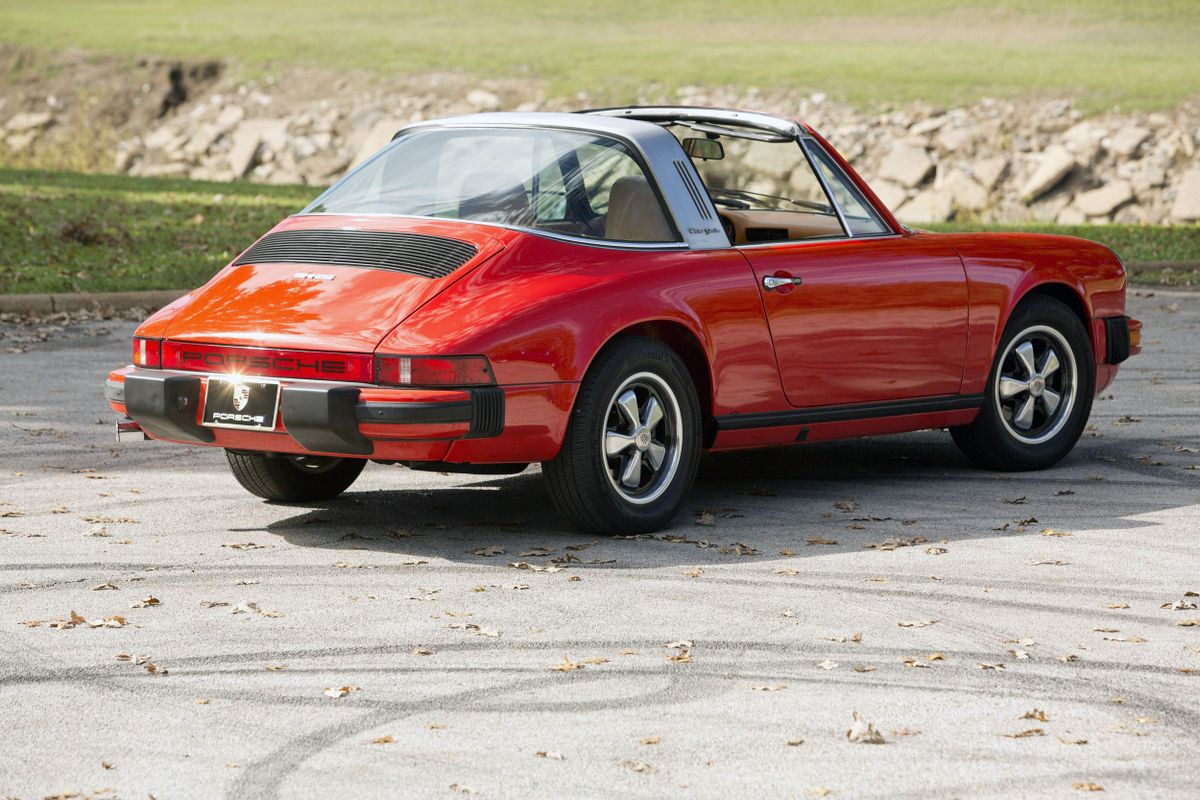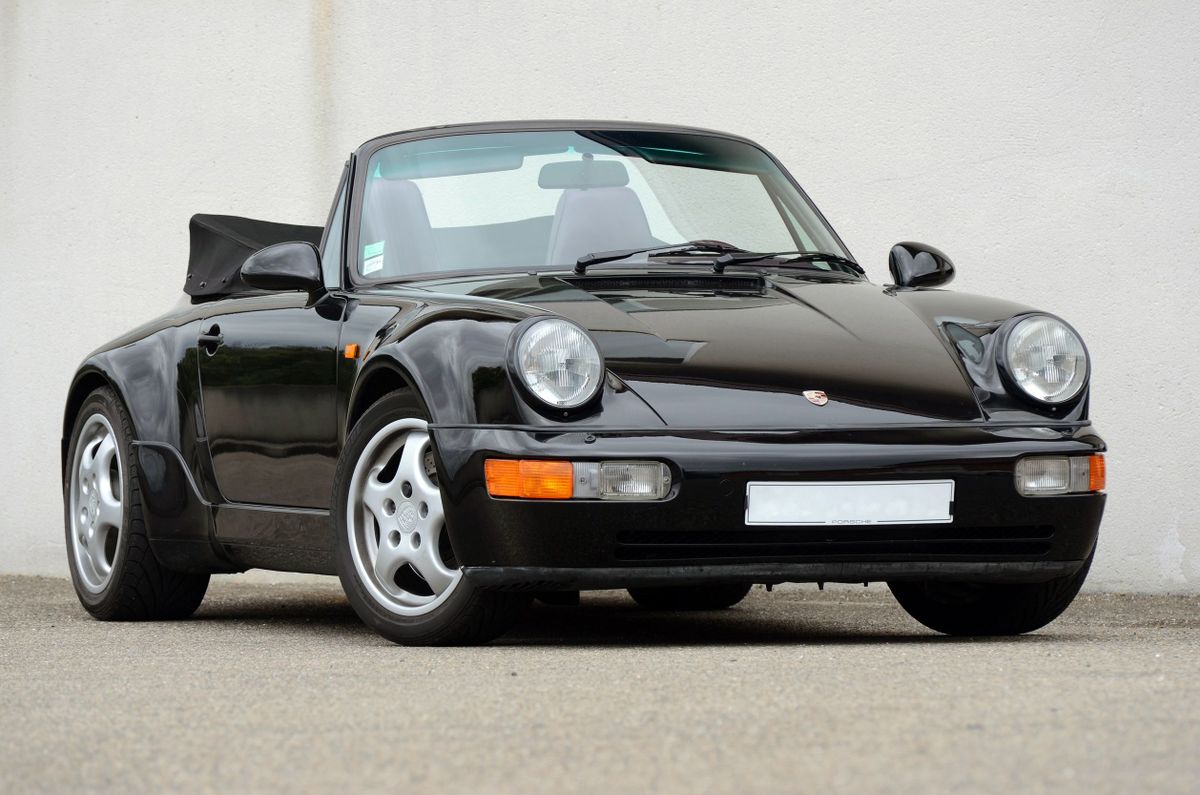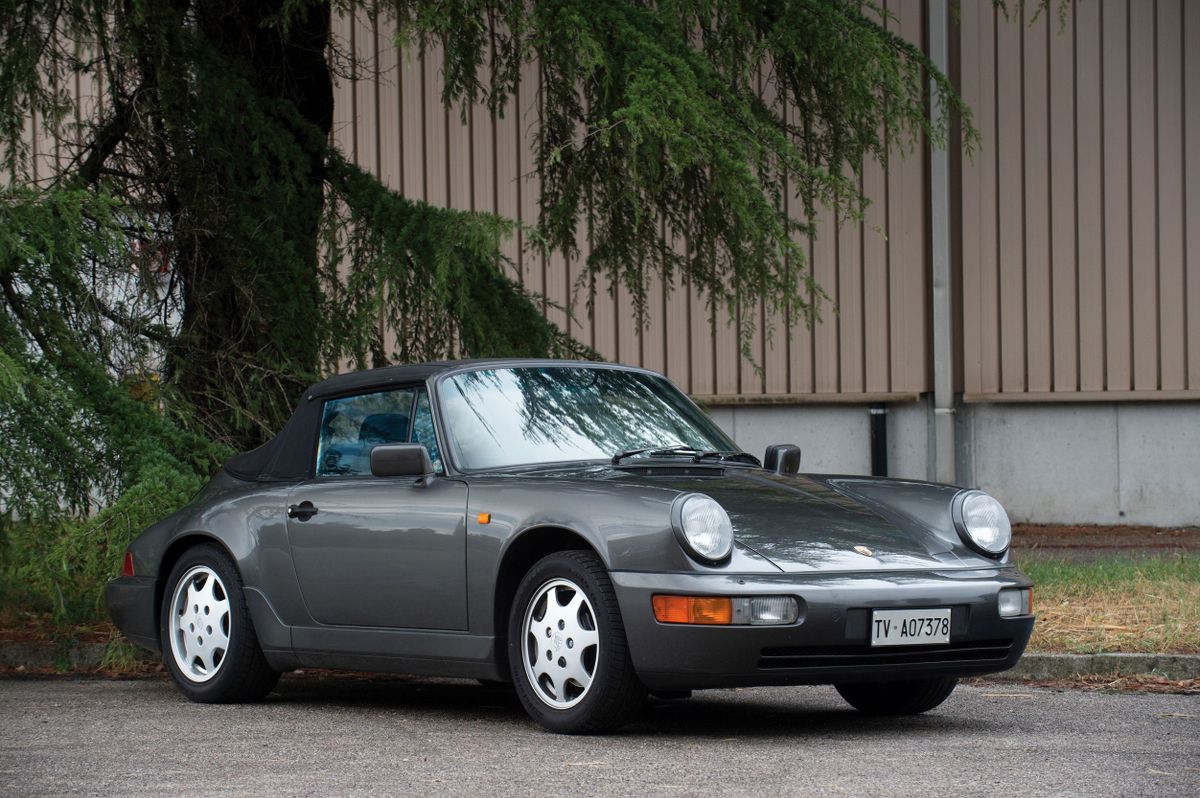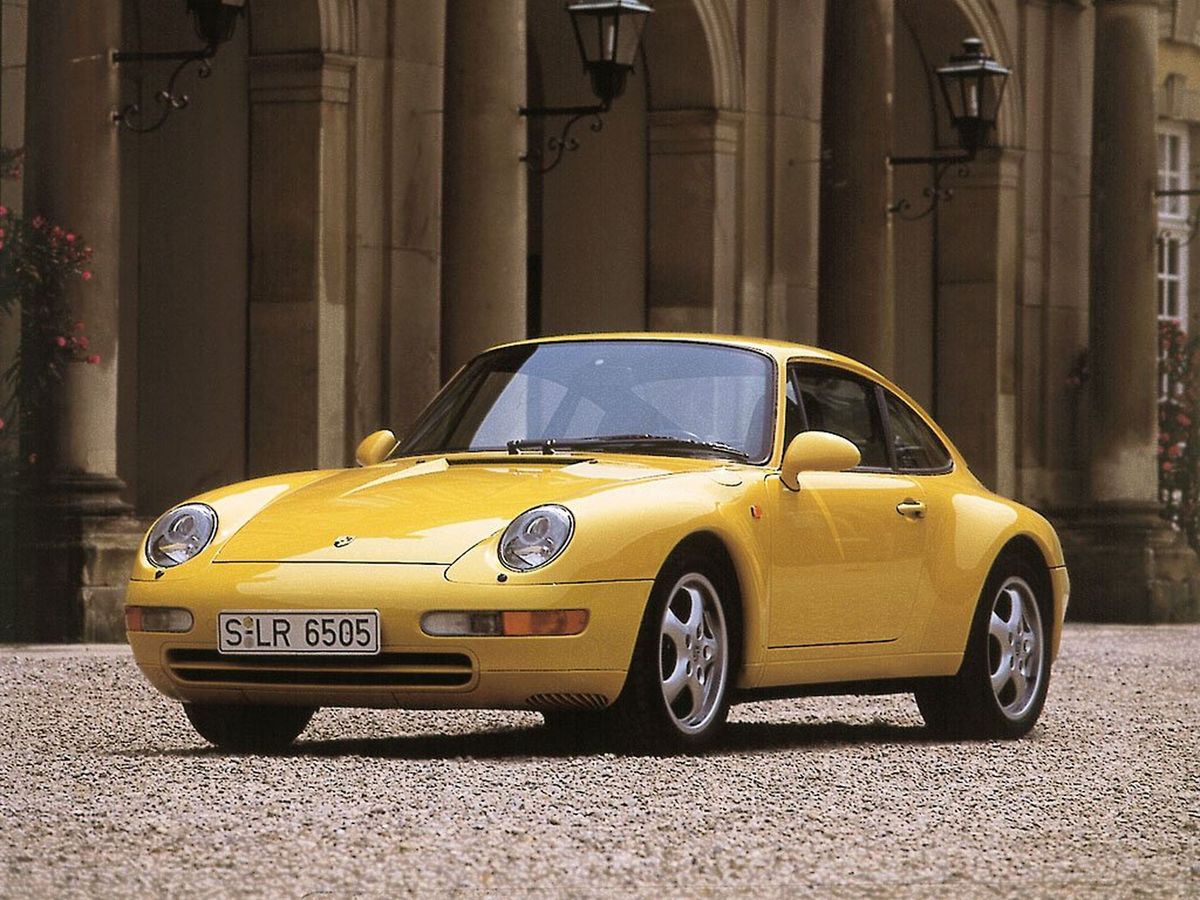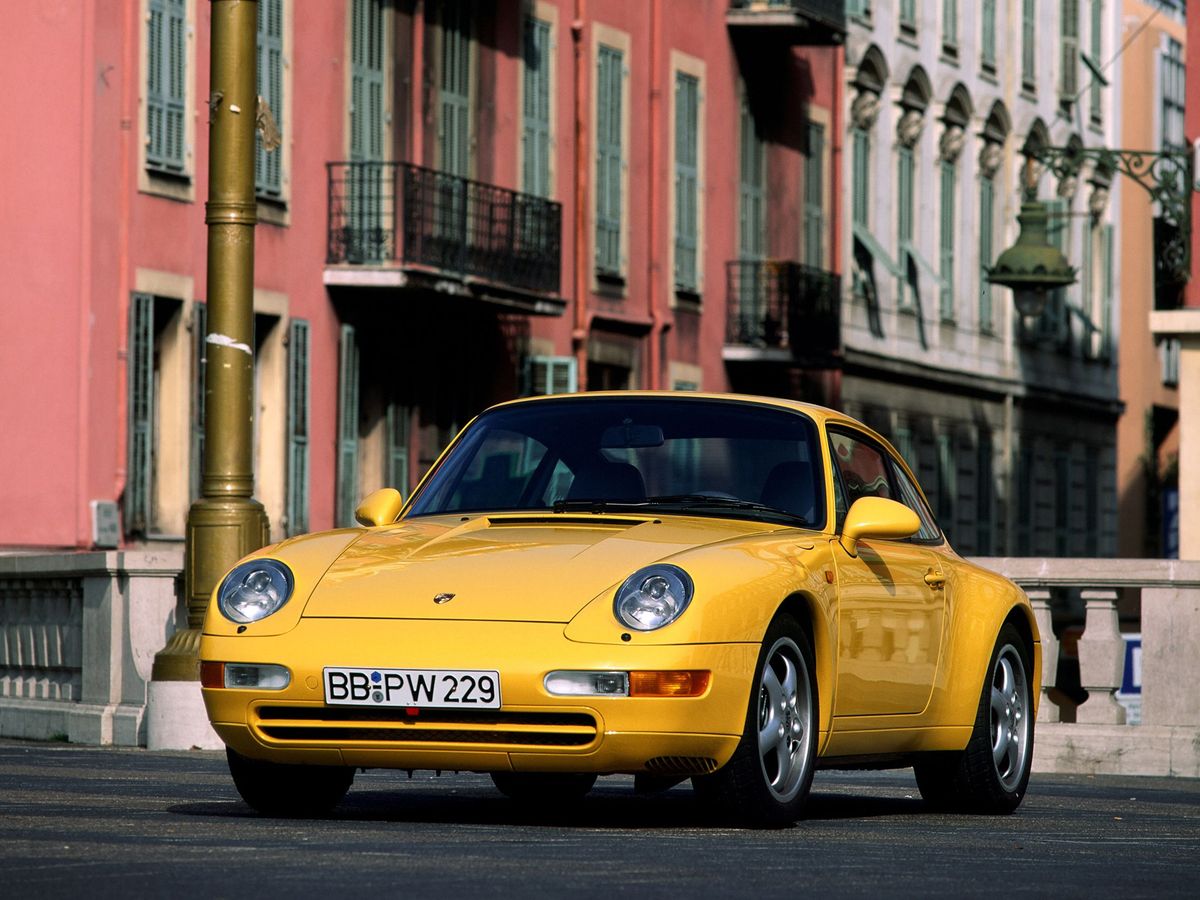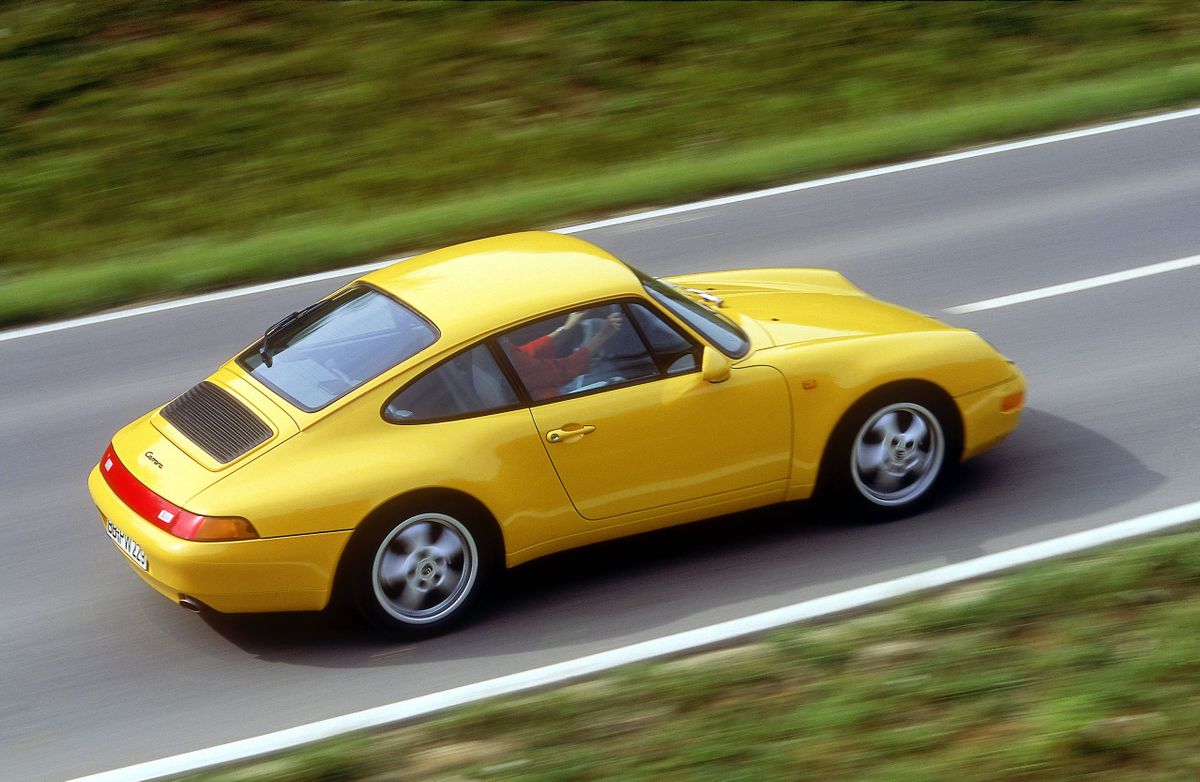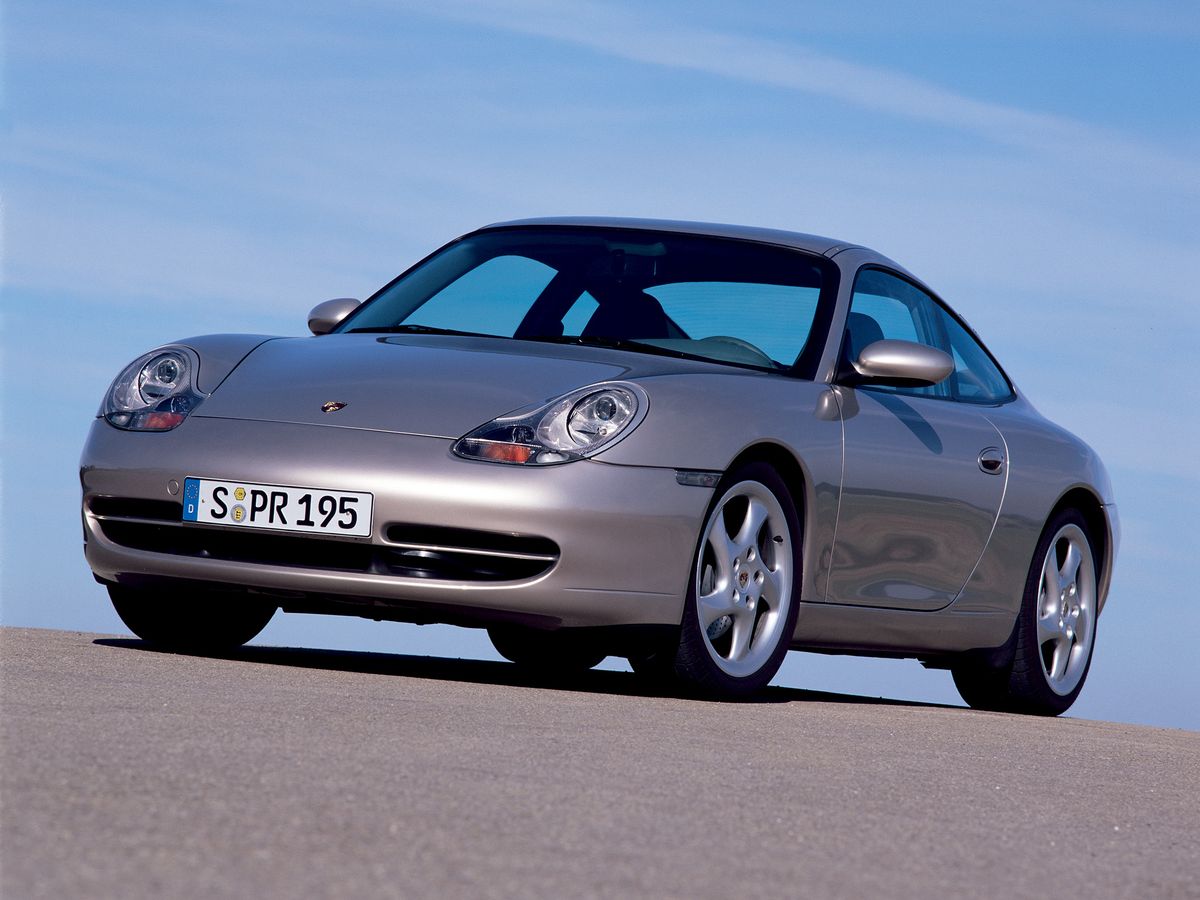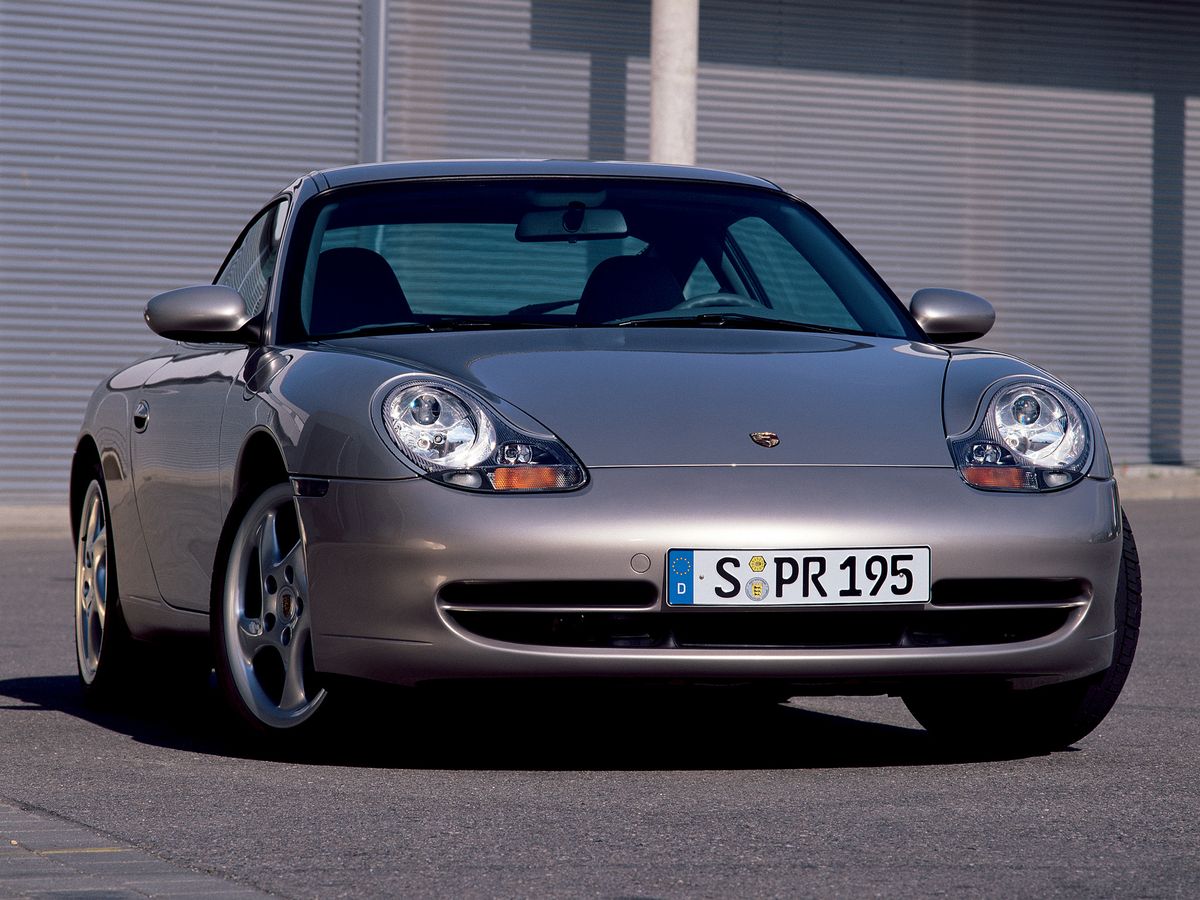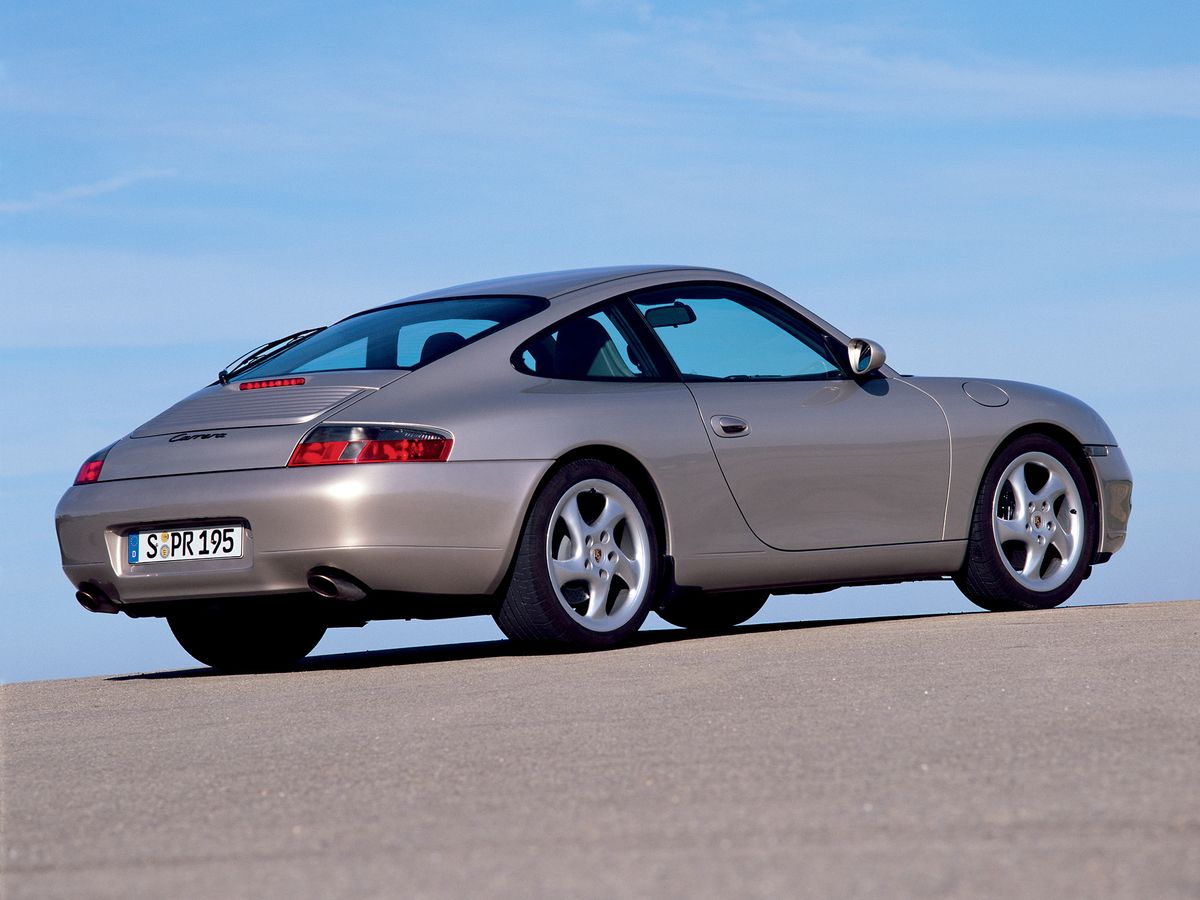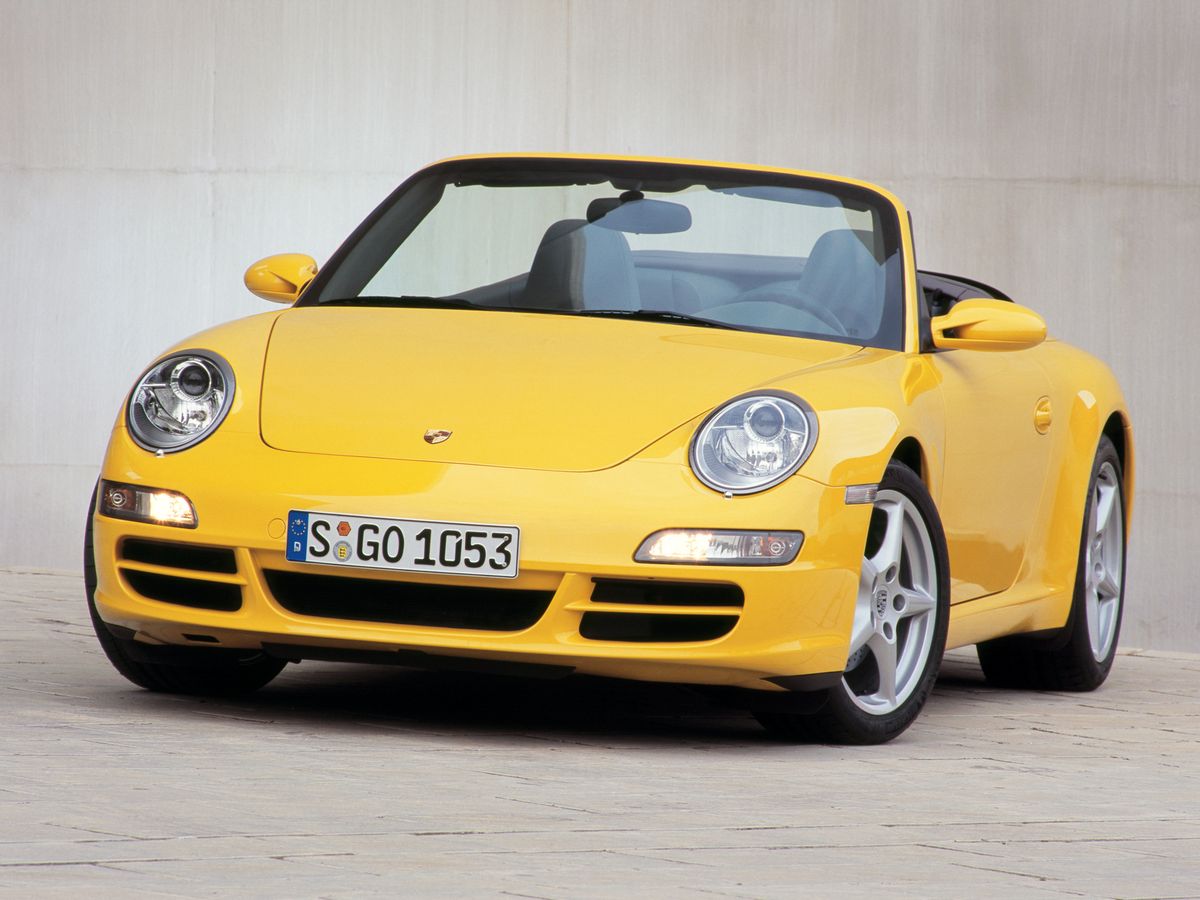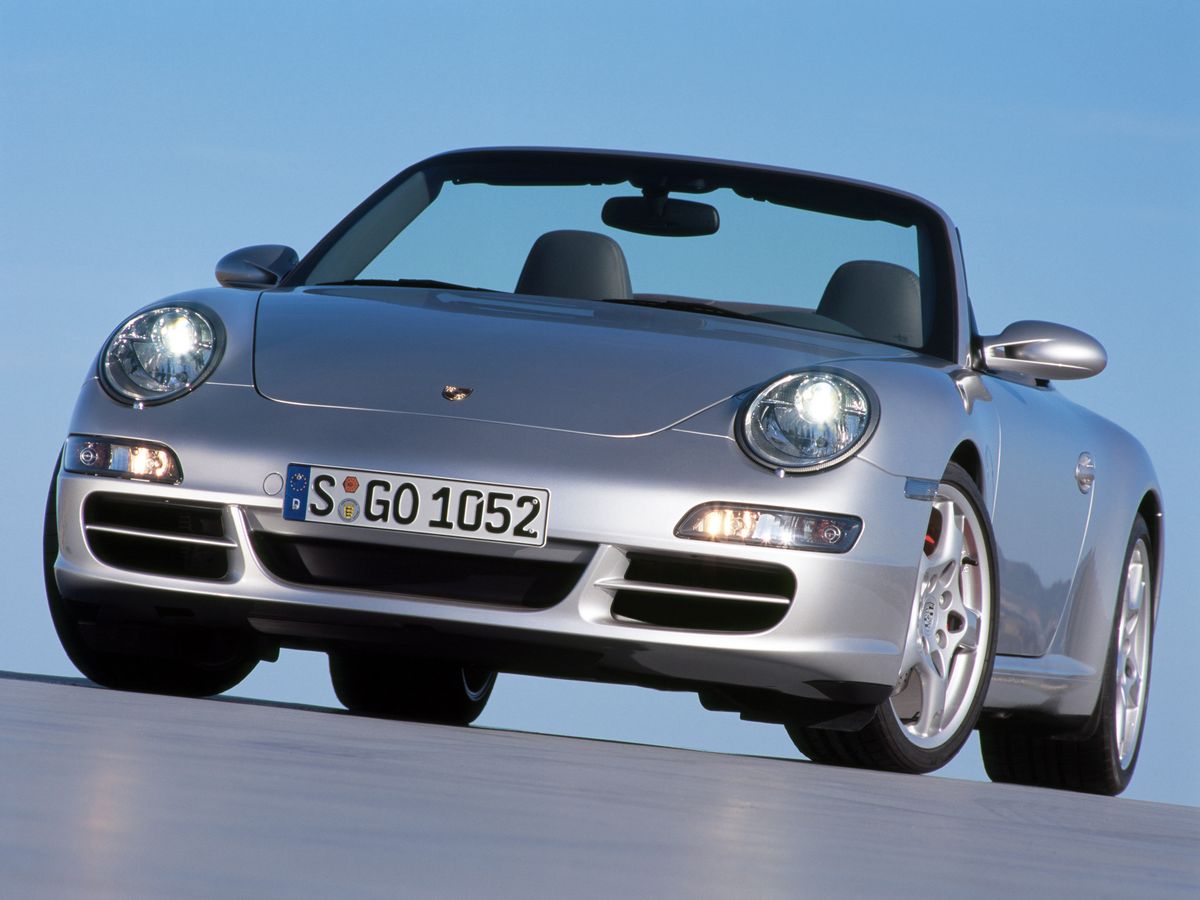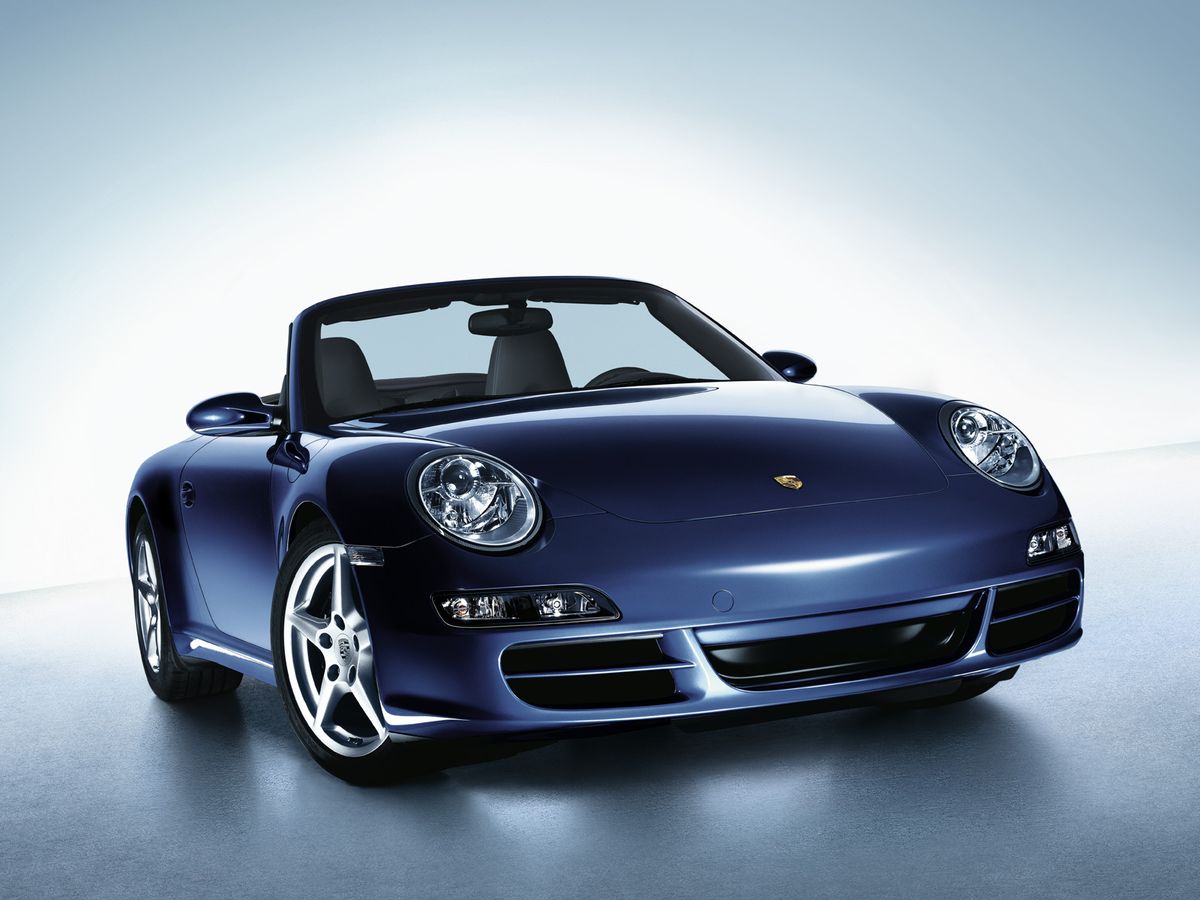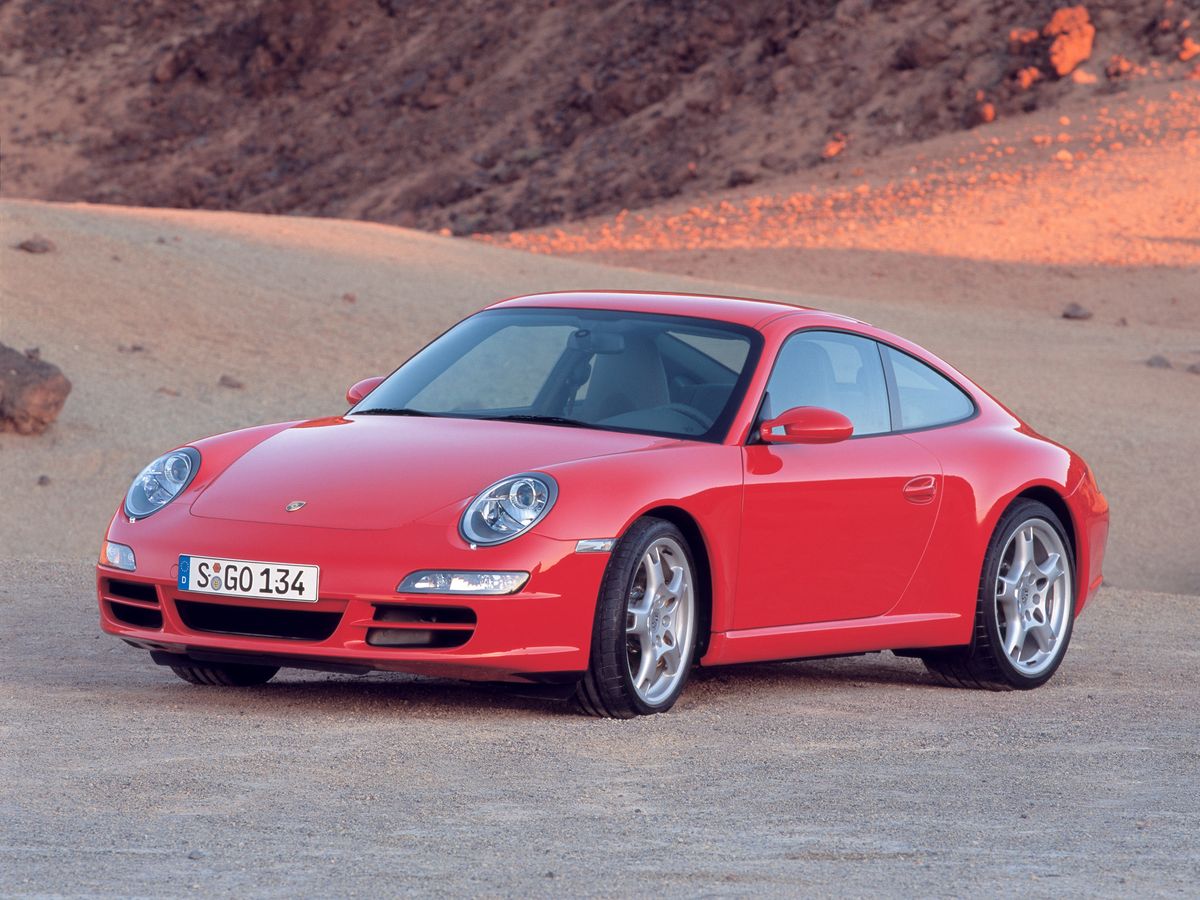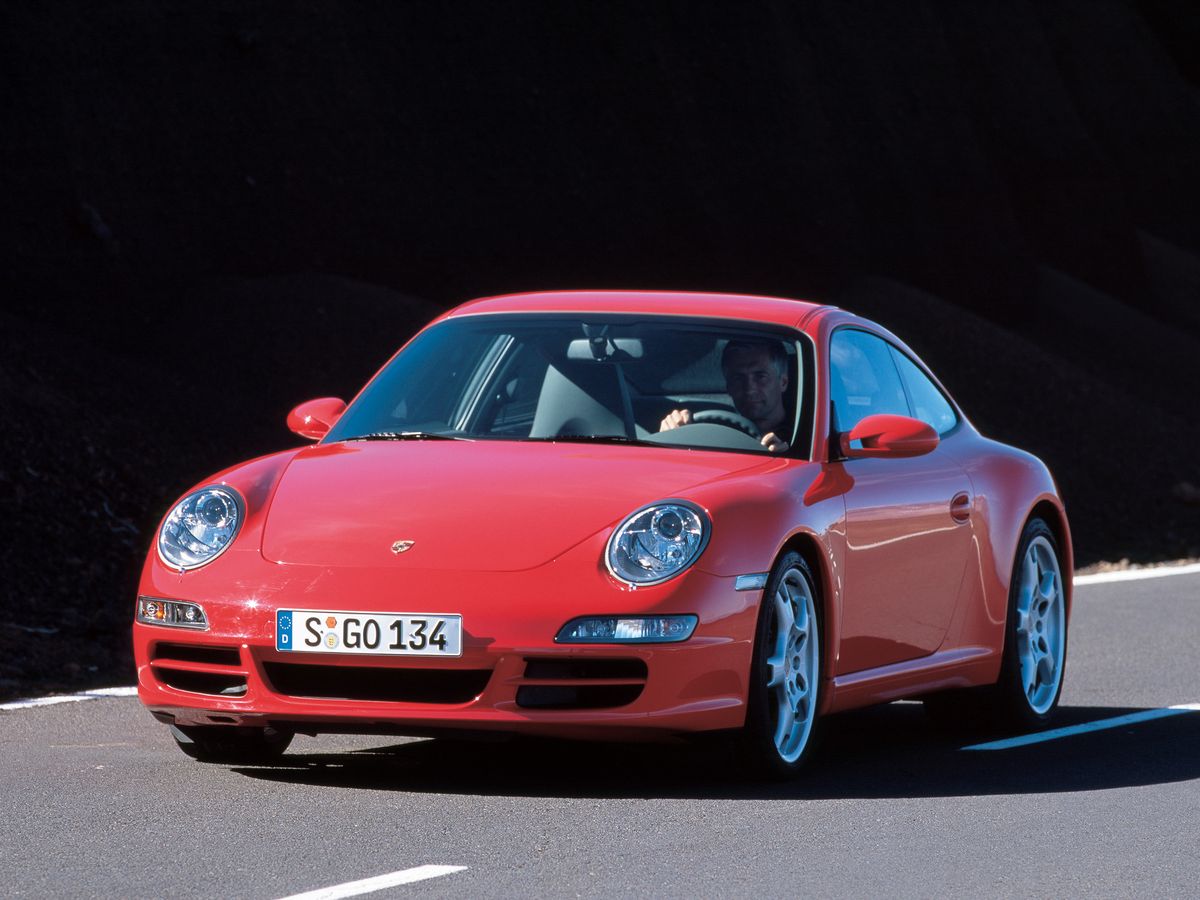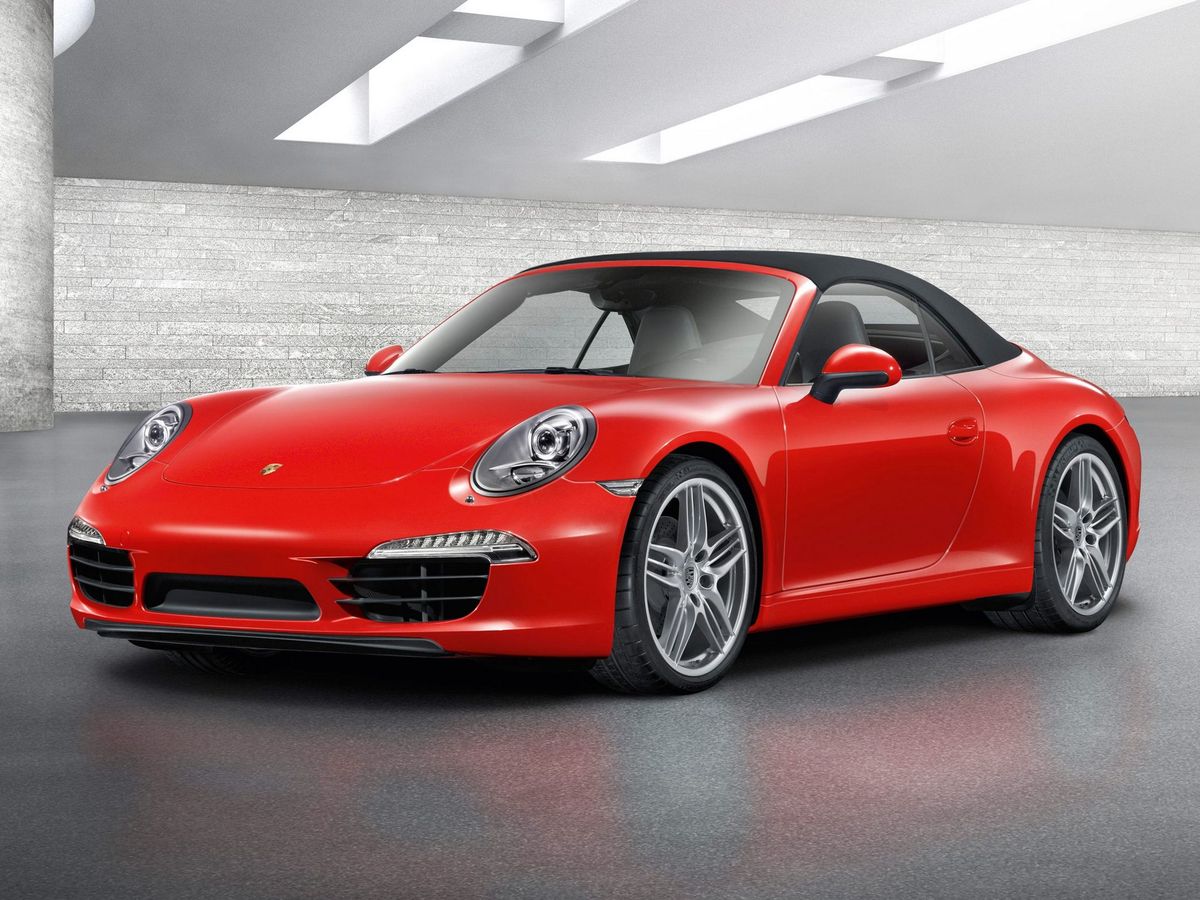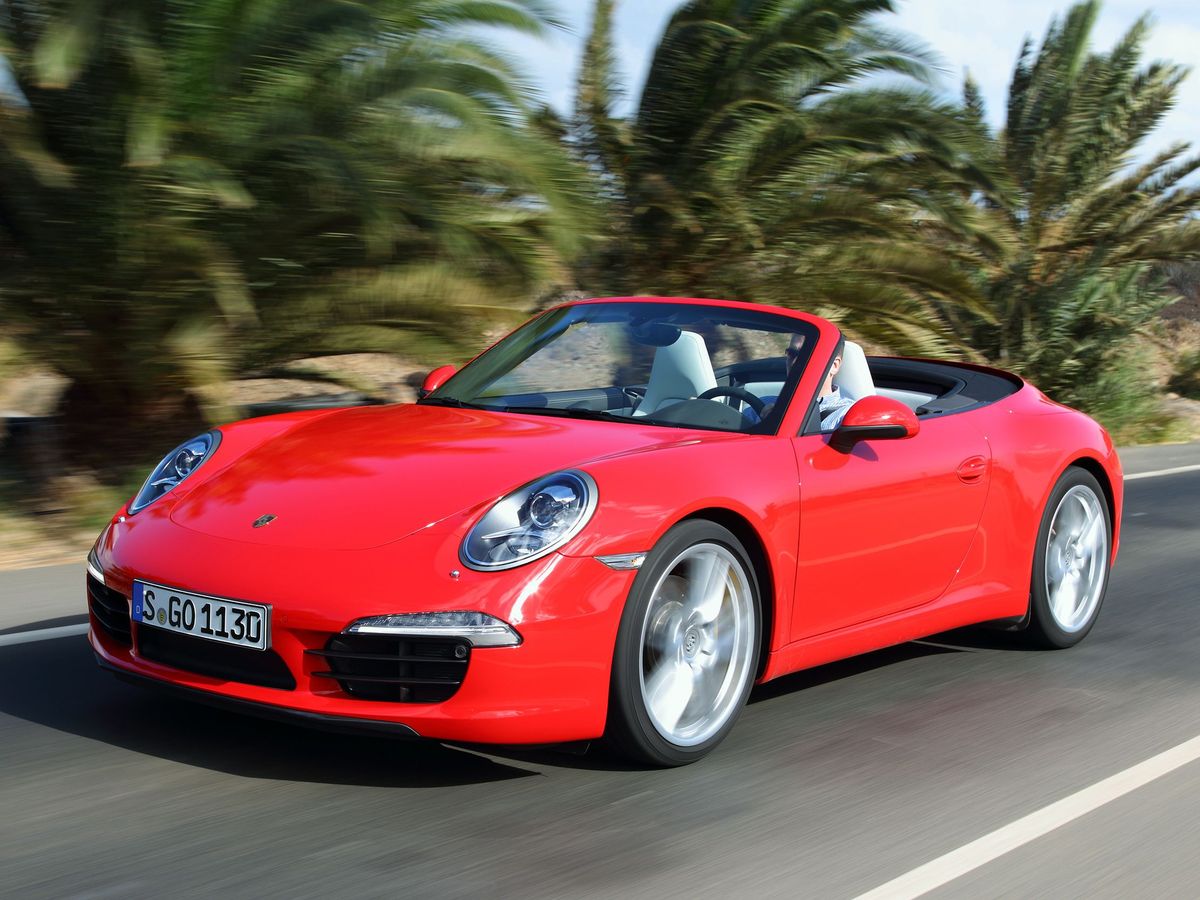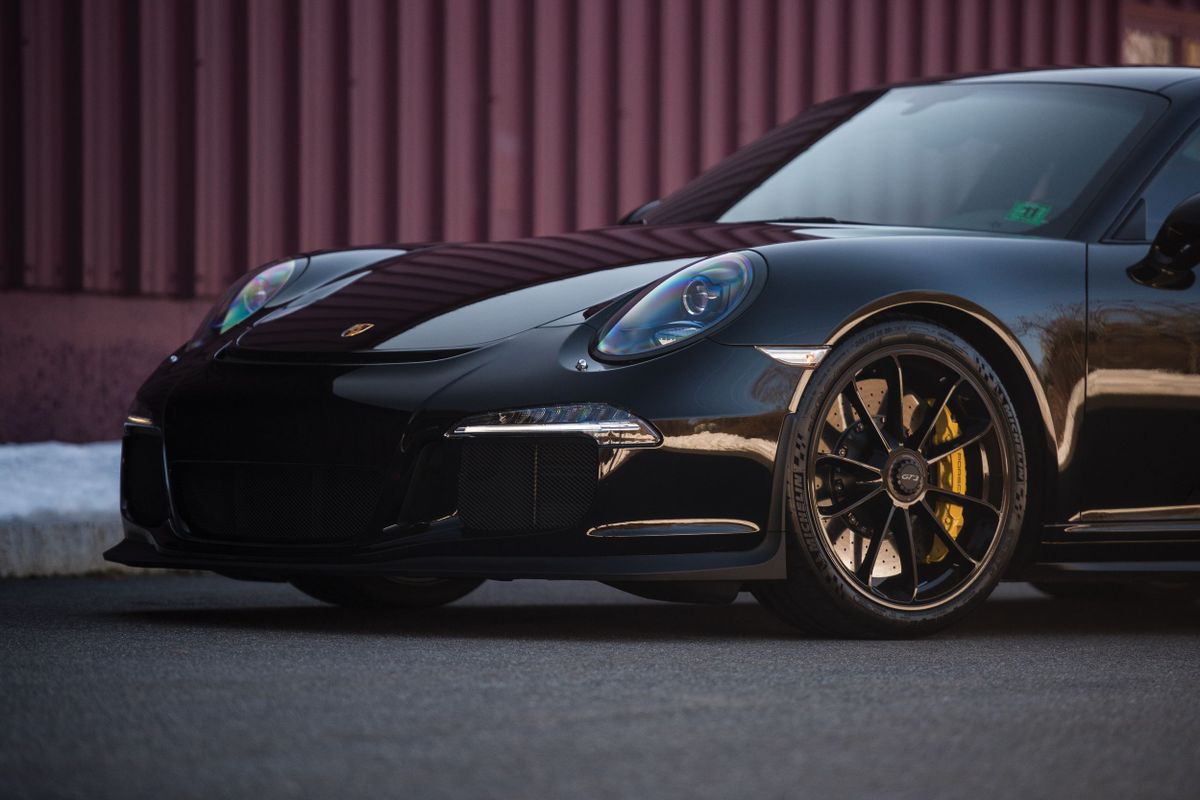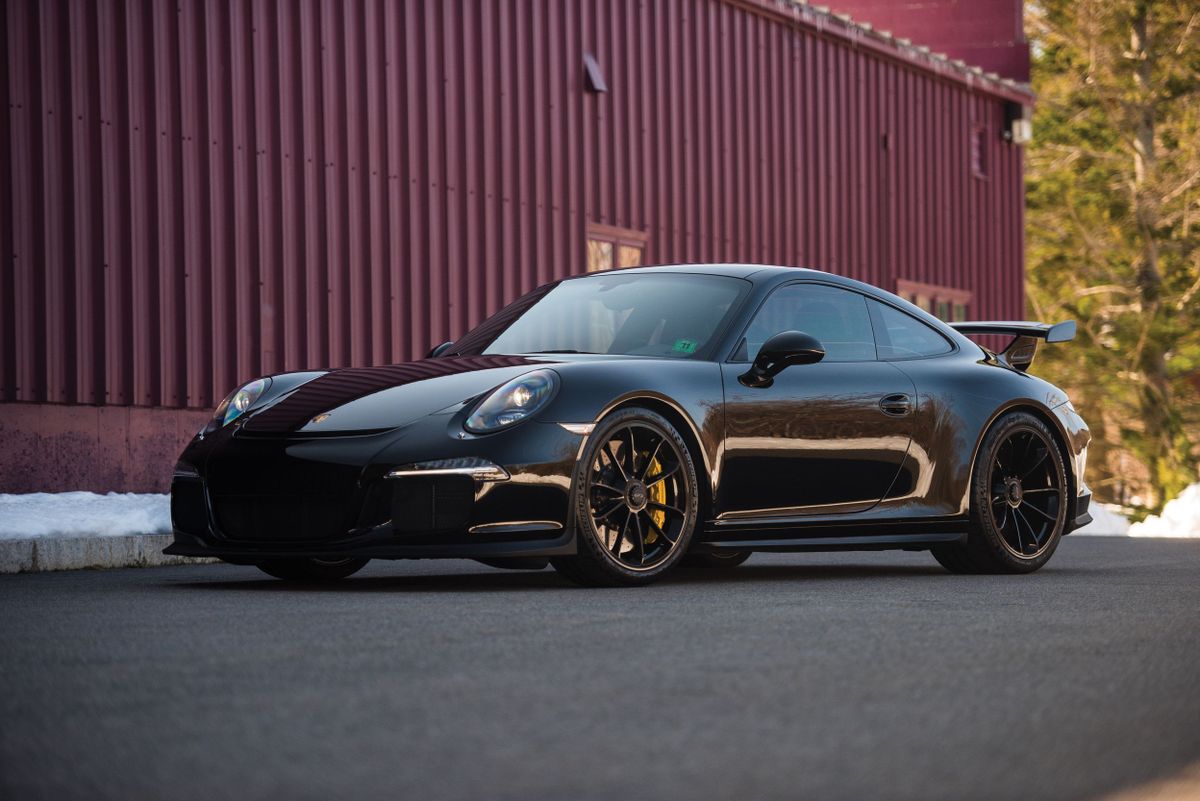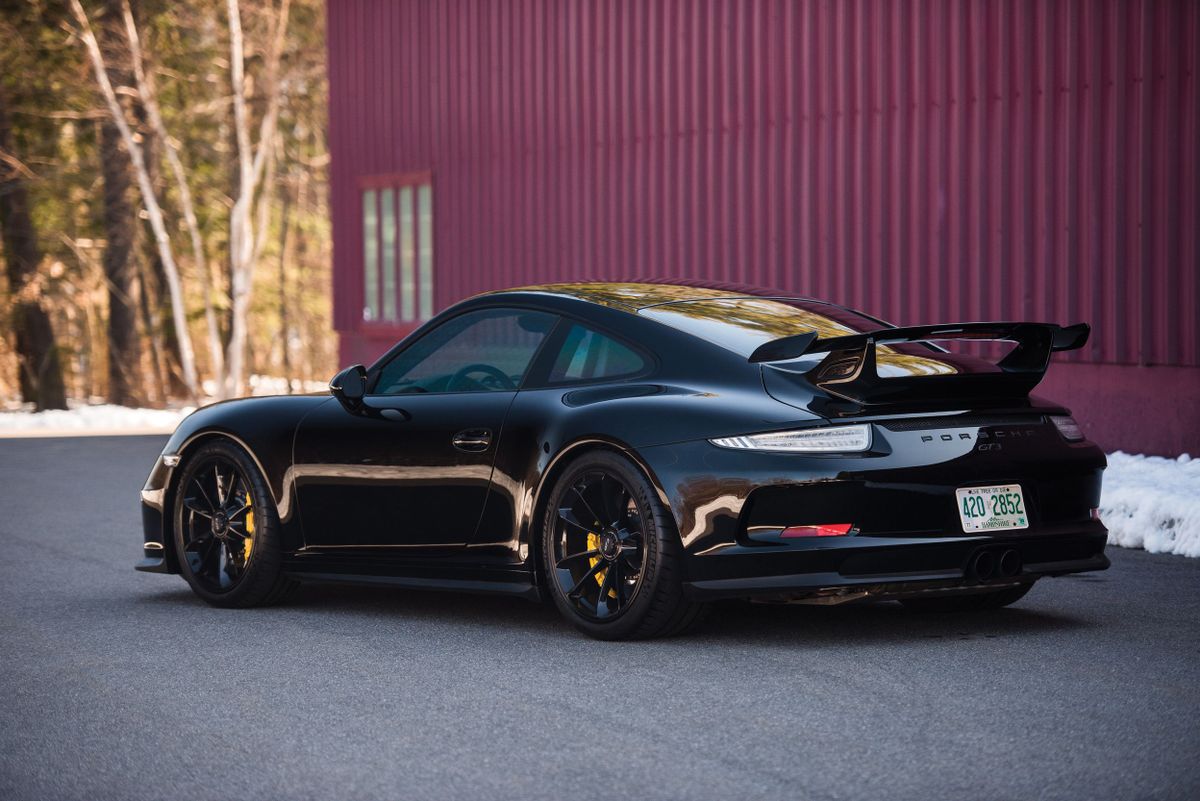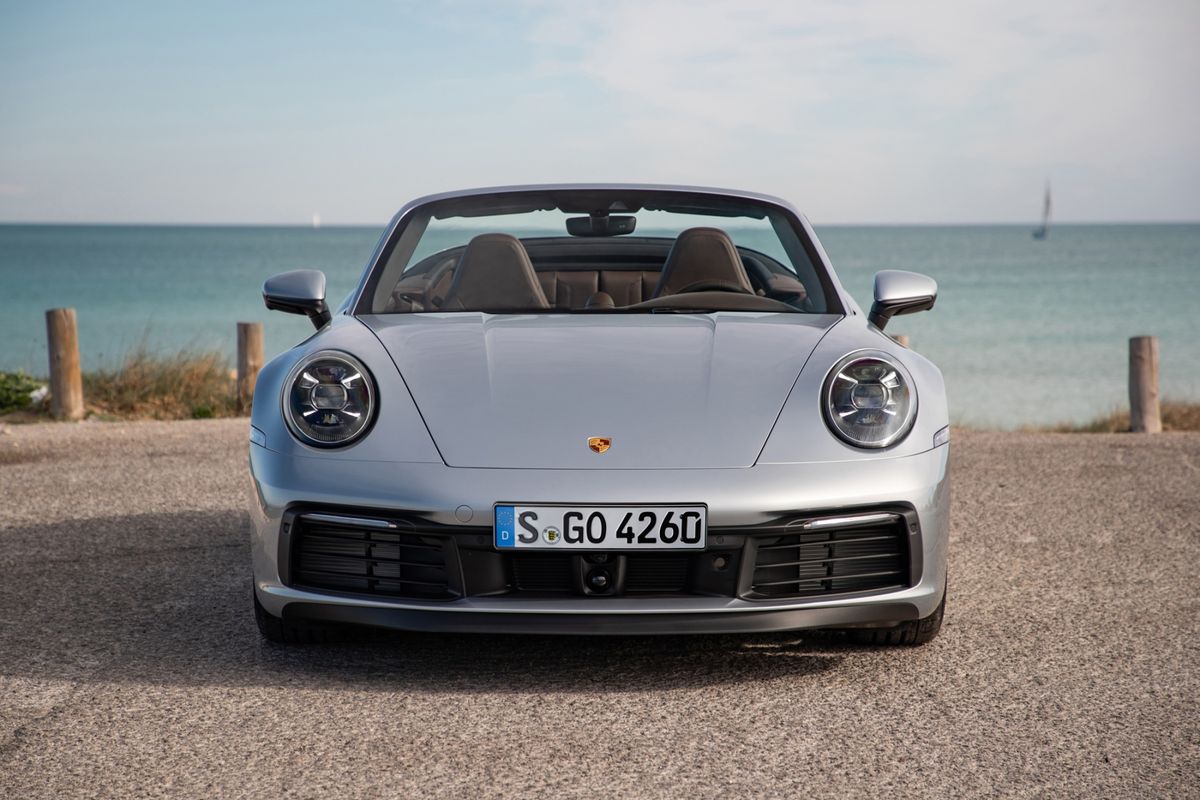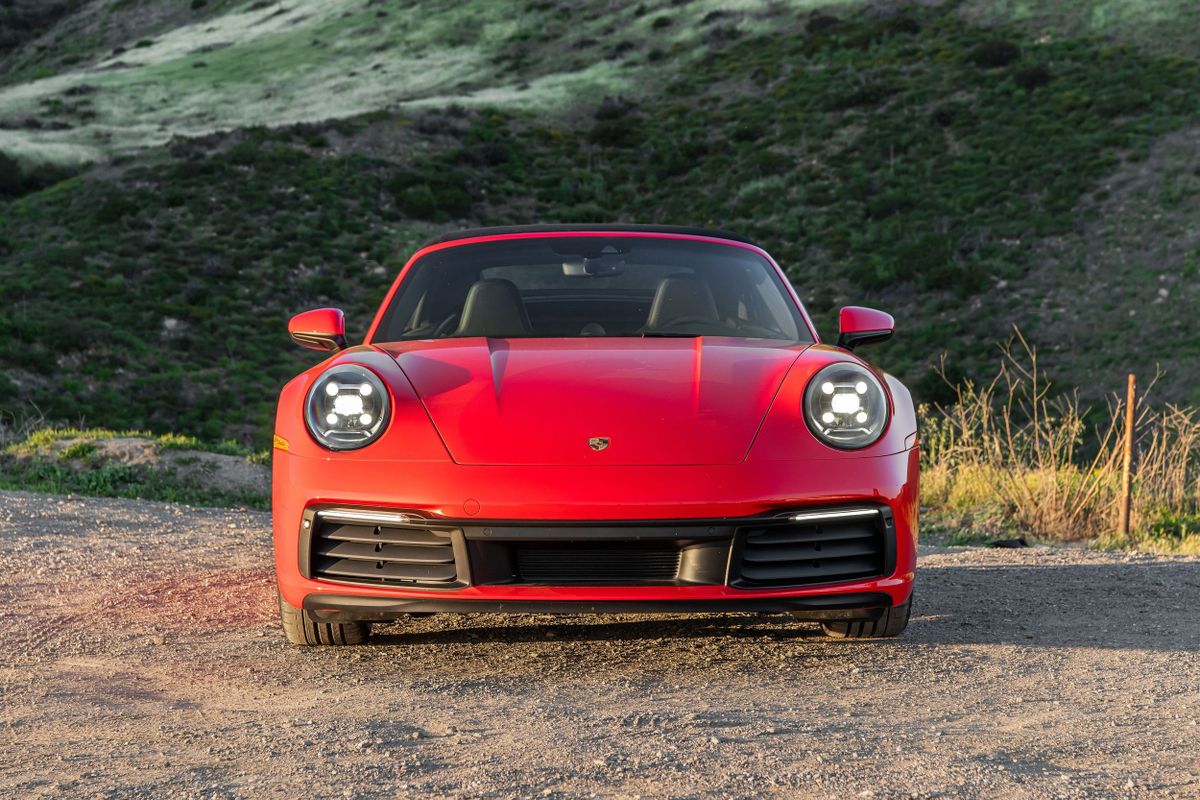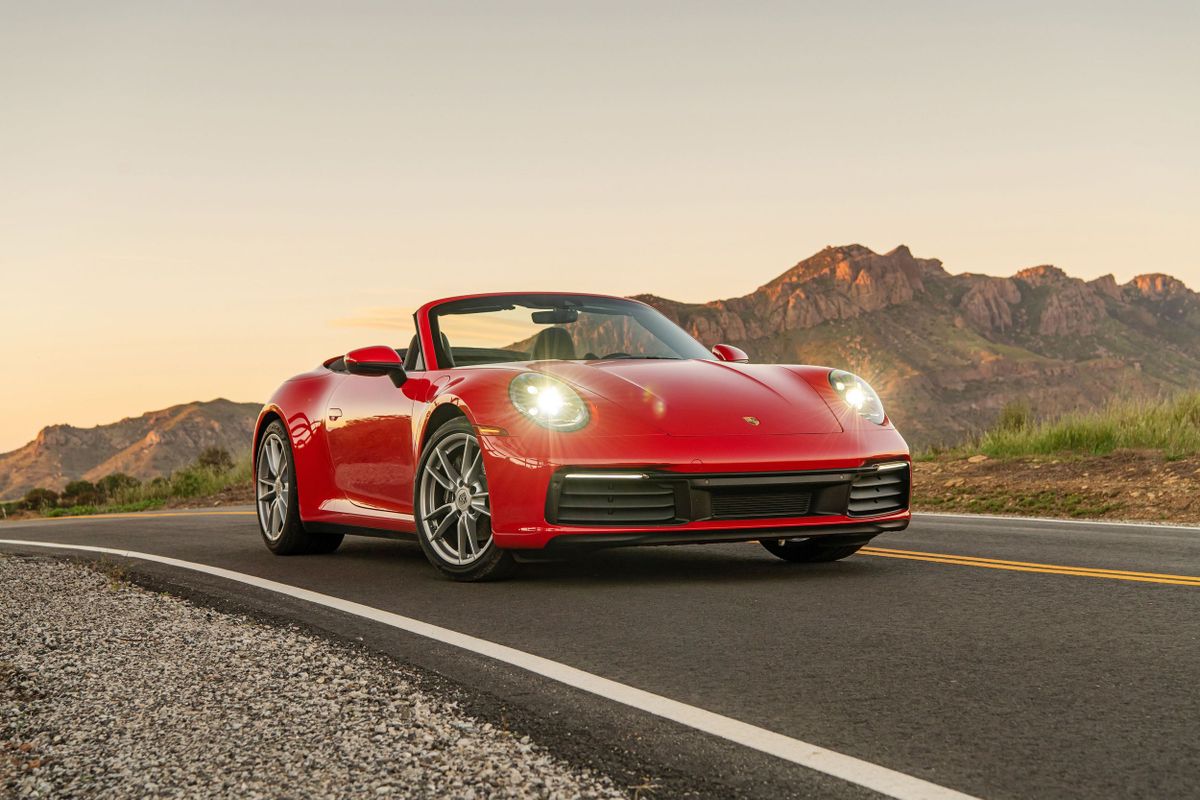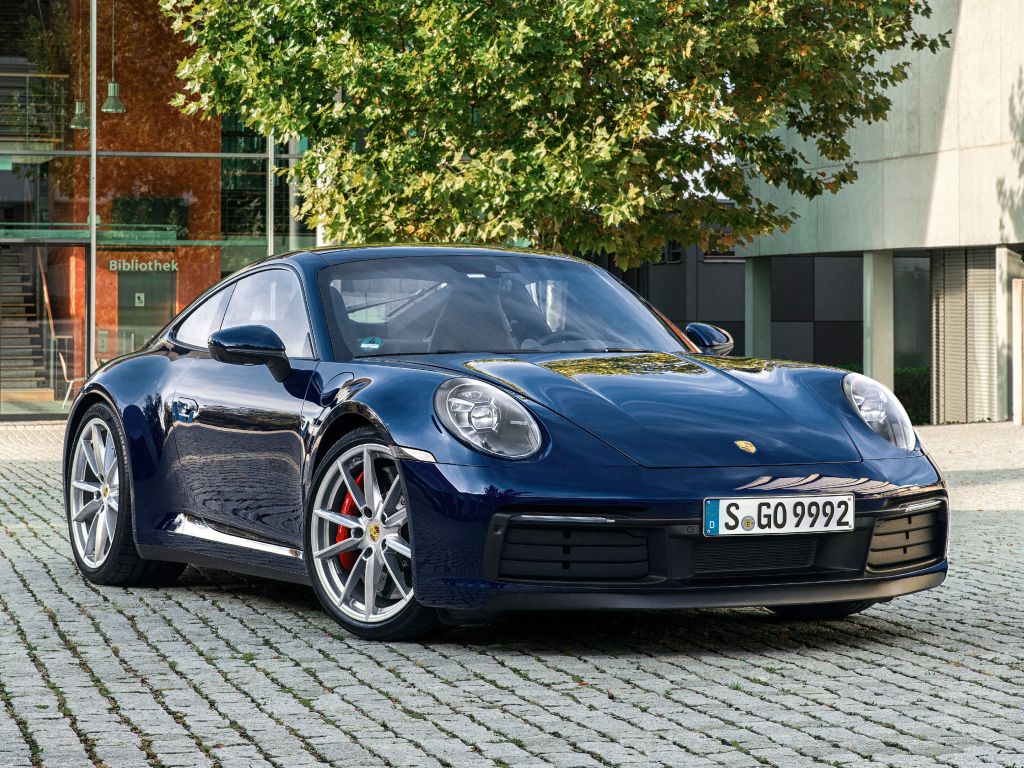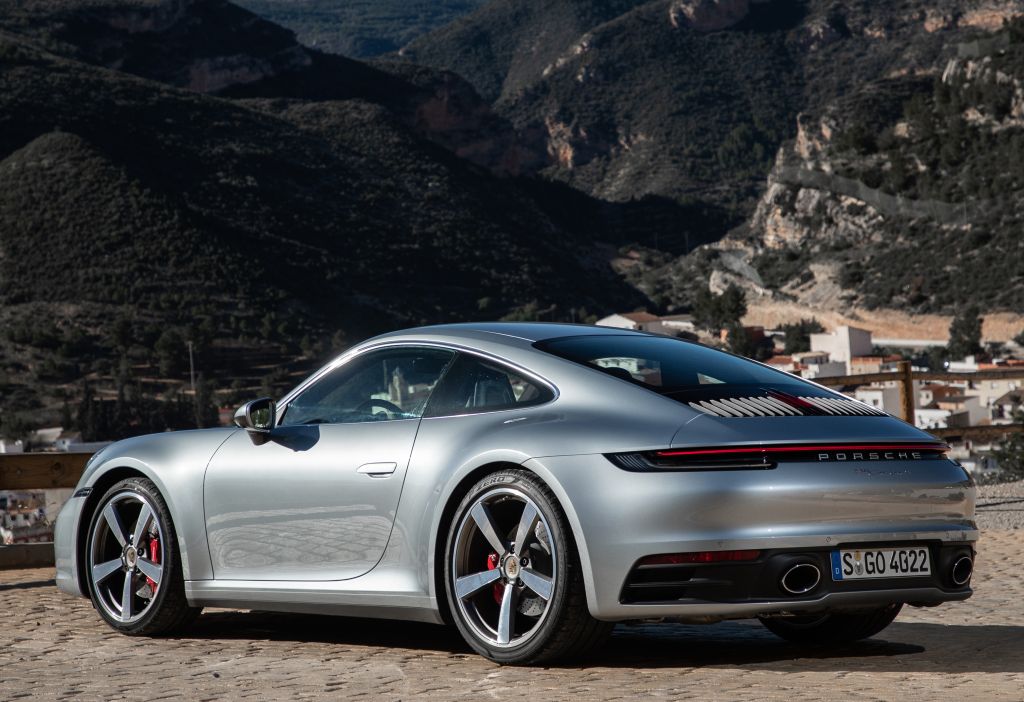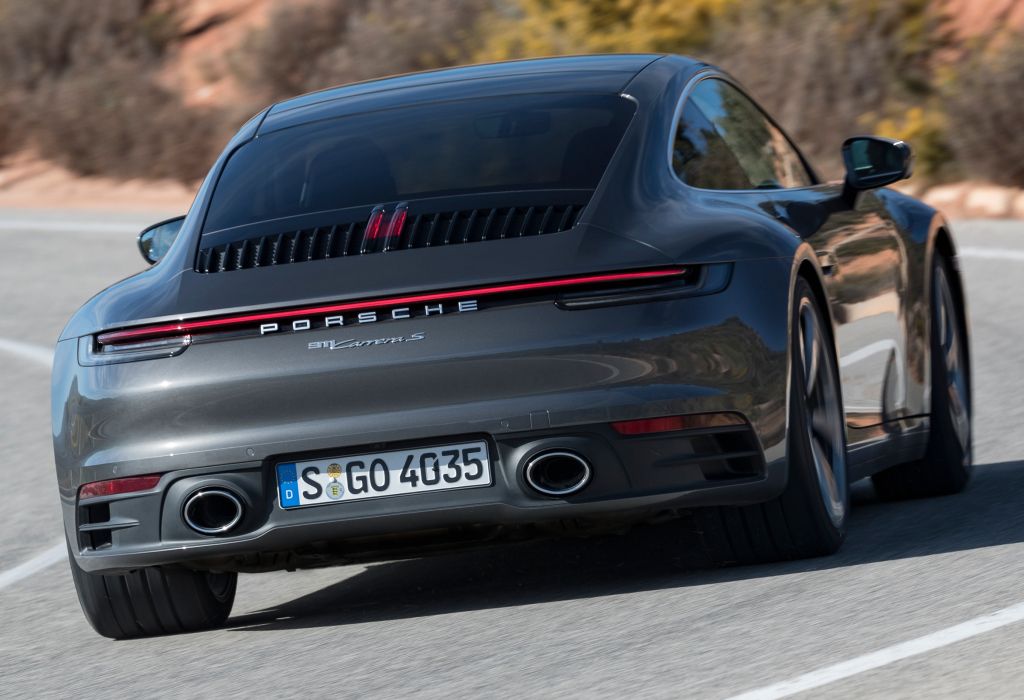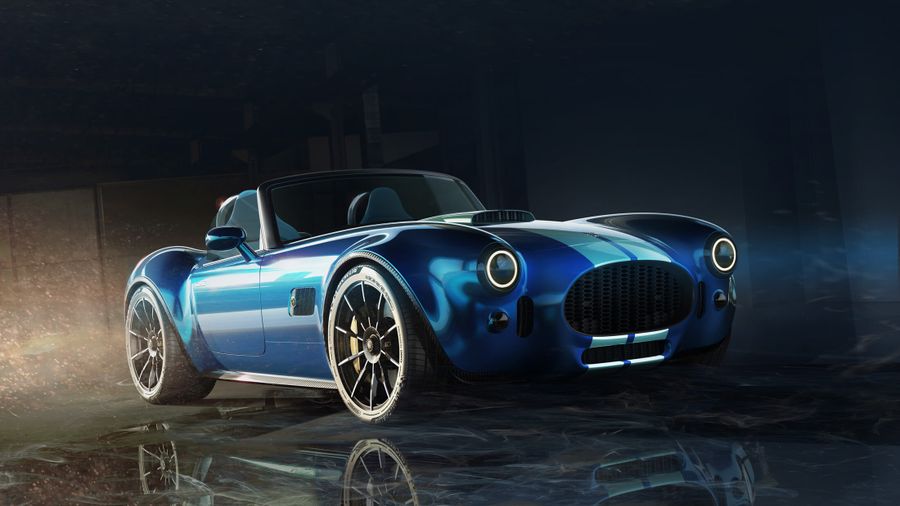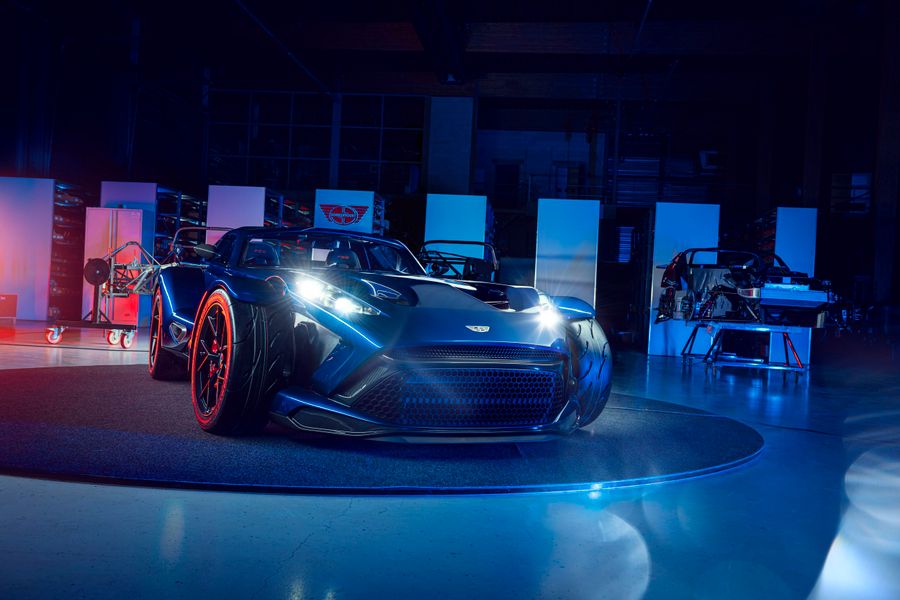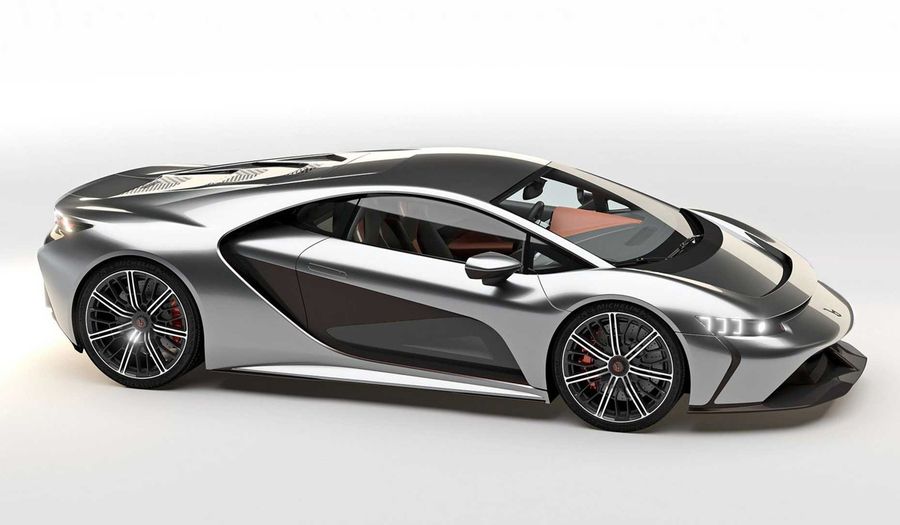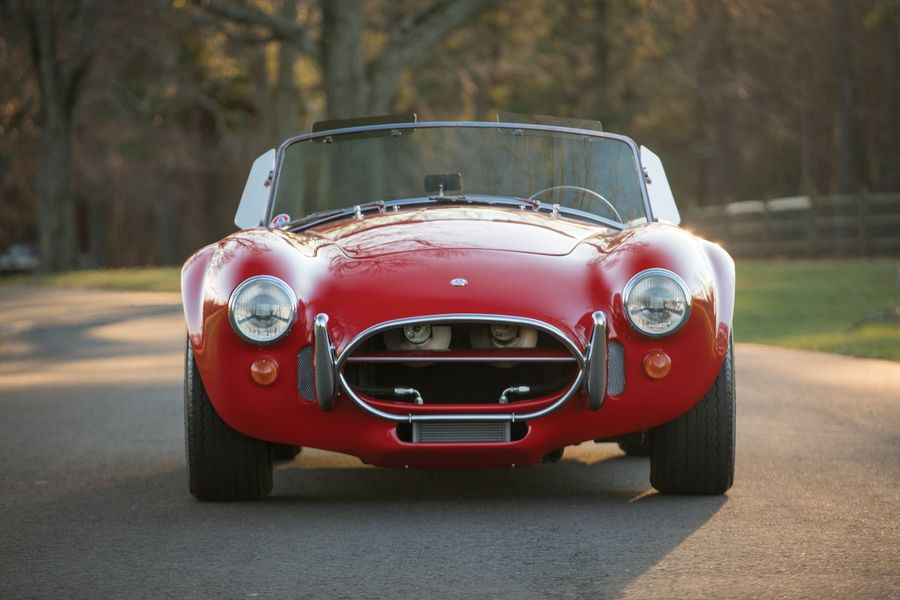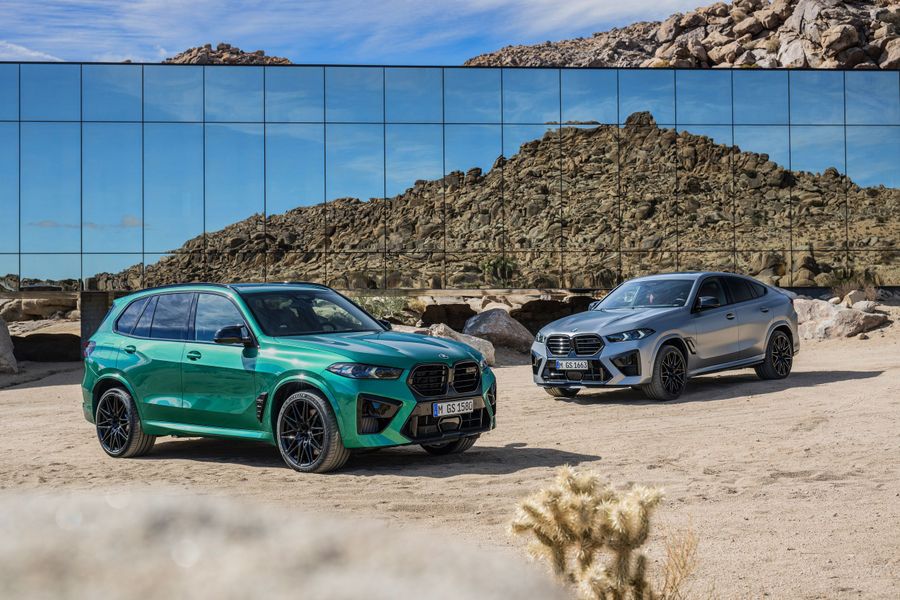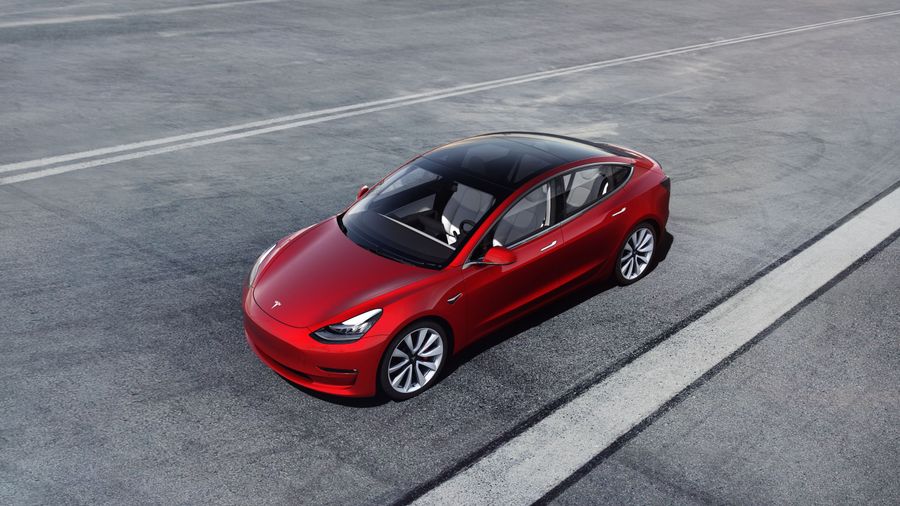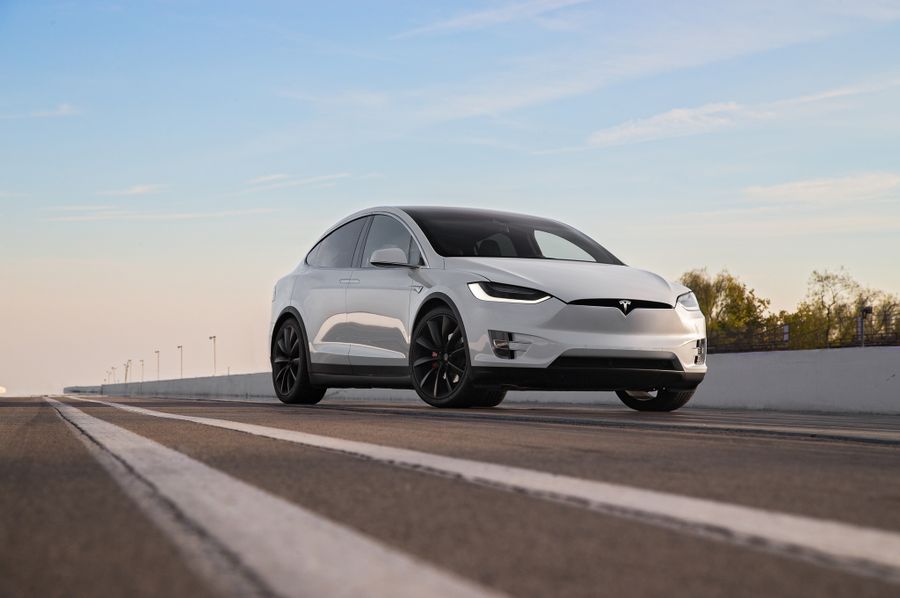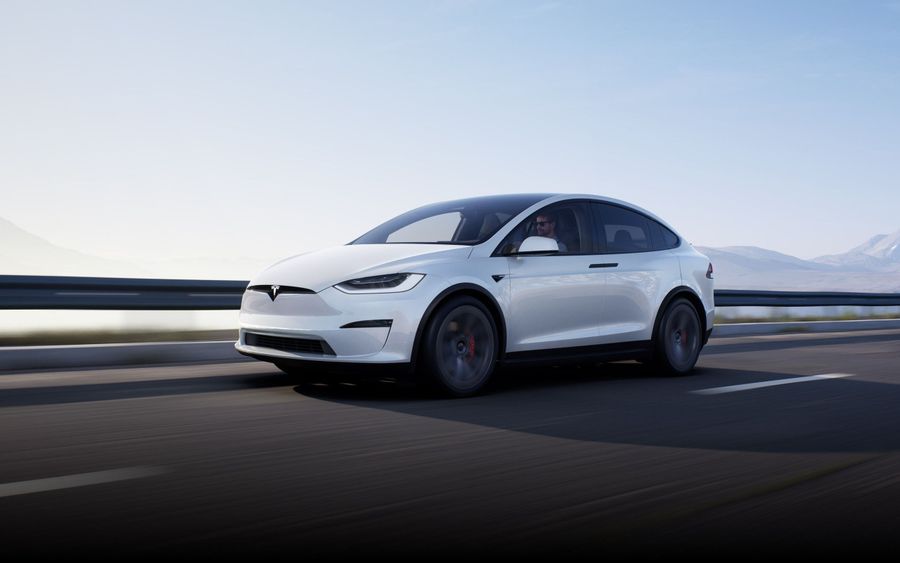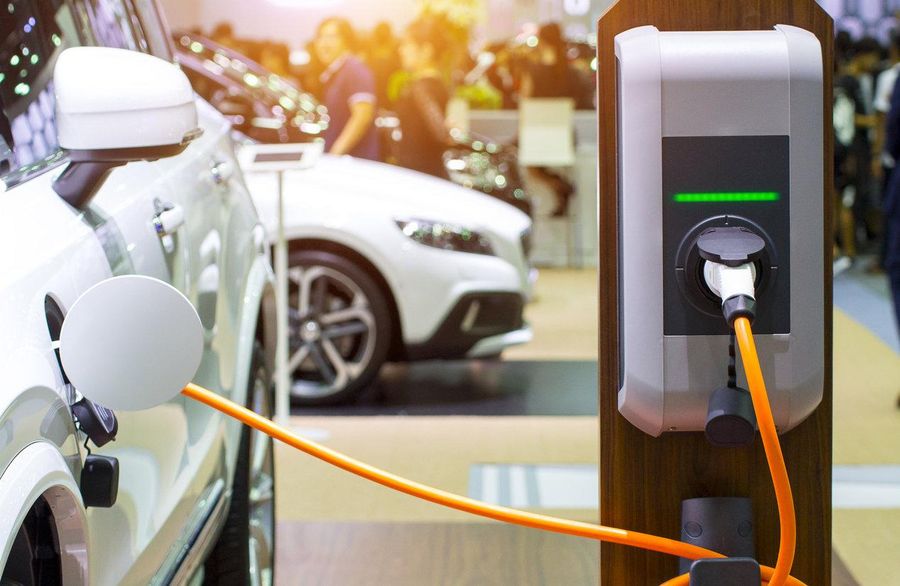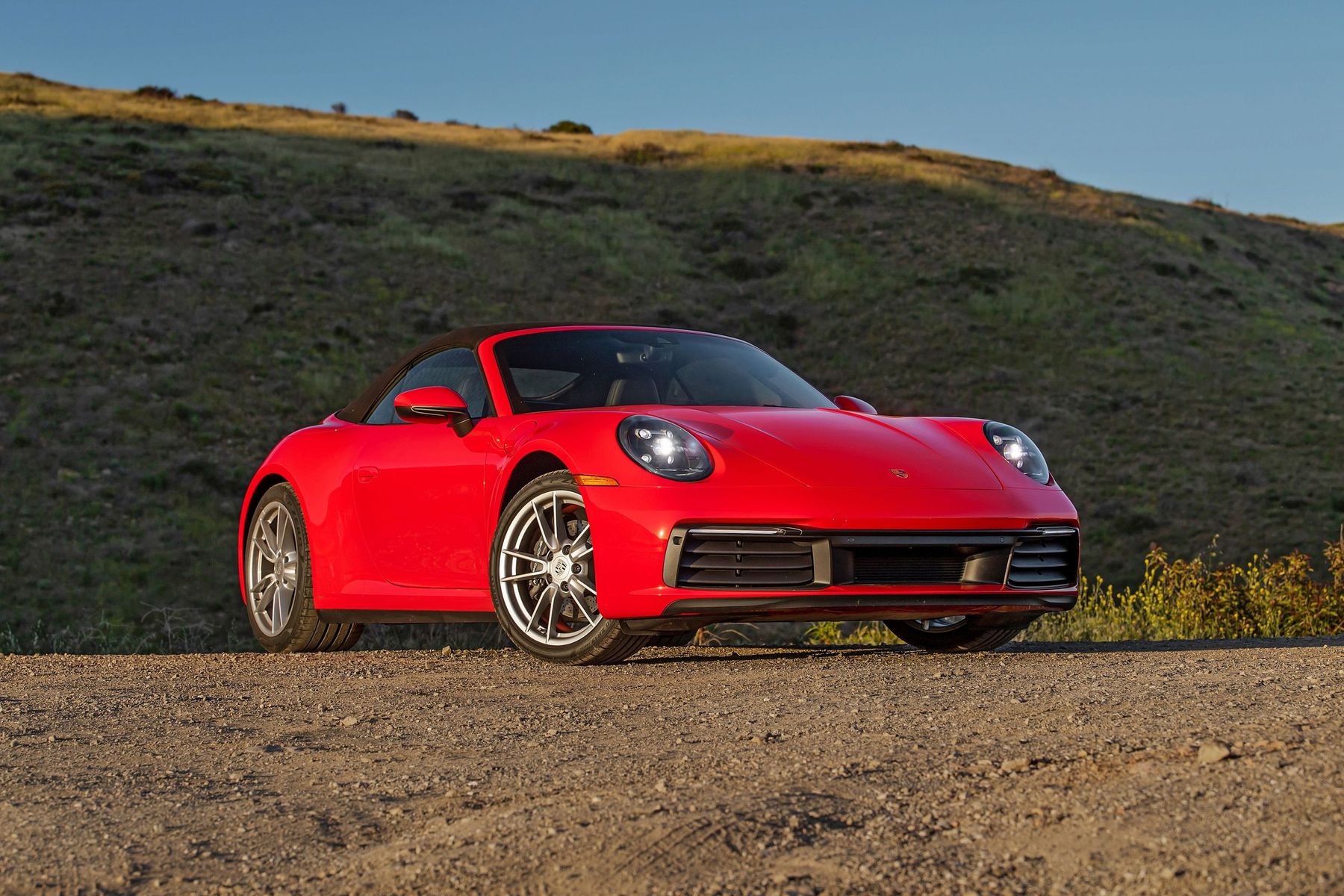
Porsche 911. Timeless
The Porsche 911 is a sports car intended for public roads, which has been produced by Porsche (Germany) since 1963 in coupe, convertible or targa bodies. In 2021, Israeli buyers have a chance to purchase the 2018 eighth generation.
The 911 index is the body number of a particular 1960s car that was highly popular. Currently, the ‘911’ has become a proper name, which is assigned to a two-door four-seater coupe, equipped with a 6-cylinder boxer engine located behind the rear axle (with a rear-engine layout).
A rear-engine layout for cars with a high-power engine is very rare in the history of the global automotive industry. And this is the first unique feature of the 911. The second feature is its exterior, which is successively passed on to each subsequent generation and allows you to almost unmistakably recognize the car. The third feature is relative affordability and high power characteristics. Each generation has many different sports modifications for circuit racing and rallying. All of these features have ensured enormous popularity of the 911, which also became possible because Porsche was able to create a car with outstanding technical characteristics in every generation.
The Porsche 911 is a legend in the auto racing world. Over the years, it won all the stages of the World Rally Championship, the Targa Florio race, the 24 Hours of Daytona circuit races, the 12 Hours of Sebring, and the 24 Hours of the Nurburgring.
The first generation
It was produced from 1963 to 1973. The first 911 was created by the main people of the company: the idea of releasing a new model to replace the 356 belonged to Ferry Porsche, the design was the merit of Ferdinand ‘Butzi’ Porsche, and the engineering development of the body and chassis was entrusted to Erwin Komenda (Austrian designer, who designed the Volkswagen Beetle).
The exterior of the first Porsche 911 was non-standard. It was a two-door car with a sloping hood and large headlights. There were almost no horizontal planes, and the rear part of the body was coming down to the bumper. Plus, the car could boast of a completely unusual set of technical solutions: a rear-engine layout, a boxer engine, air cooling, and torsion bars as elastic suspension elements.
In 1969, the body type 901 was re-designated as the 911 in the framework of restyling. In 1975, a turbo engine was installed and a new type 930 model was released for it. In this form, without any significant changes to engine, chassis and body, the 911 was available for 25 years thanks to the constant and inexhaustible demand. The production was ceased not due to the lack of demand, but to the tougher requirements of certification organizations. The rear-engine layout was the hallmark of every generation of the Porsche 911, right down to the latest.
The second generation
It was produced from 1973 to 1989. The division of the classic Porsche 911 into two generations can be considered conditional, because the car had the same internal body structure, chassis and engine. However, visual changes in the exterior, interior and individual ‘superstructures’ of the engine were enough to classify the second generation as a separate one. Porsche itself does not officially recognize this division of its classic 911 into two generations, but it does not deny it either.
The second generation of the 991 was safer and more eco-friendly. The redesigned front and rear parts of the body comprised a number of new parts. Passive safety was ensured by the front seats with integrated head restraints, an injury-safe steering wheel, and inertial seat belts on all four seats.
Porsche responded to the new American requirements for exhaust cleanliness and noise level by using Bosch K-Jetronic mechanical injection in combination with a more advanced exhaust system and a gasoline vapor recovery system, which made it possible to use fuel more efficiently and have lower emissions.
European buyers had a chance to purchase a sports 911 Carrera RS 2.7 modification with a 209 hp engine and aerodynamic body kit: front spoiler and rear wing. In 1975, the manufacturer introduced the 911 Turbo with a 3.0 turbo engine and a 4-speed manual gearbox. In 1978 and 1984, they underwent comprehensive modernization. 1990 was the final year for the classic 911. It was produced for 26 years. The total volume of the released second generation cars in both bodies (type 911 and type 930) amounted to 193,605 units.
The third generation
It was produced from 1988 to 1994. The new body type 964 replaced the classic type 911 and became its greatly restyled version in compliance with the new requirements of active and passive safety, efficiency and stricter environmental standards. The body was significantly modernized in terms of the internal structure. As for the exterior and interior style, it was practically the same. The third generation was distinguished by the all-wheel drive system, developed by Porsche. A single naturally aspirated engine for all modifications was a new 3.6-liter engine with 250 hp that could boast of the increased bore and stroke.
In 1990, the rear-wheel drive 911 Carrera 2 was released, becoming the most popular car of the third generation. It was the first car to feature a unique Tiptronic automatic transmission, capable of being a traditional automatic transmission and imitating the manual transmission characteristic of racing cars. Another unique option was the retractable rear spoiler, the angle of attack of which was determined by the vehicle speed. The 911 Carrera 2 Cup modification became the ancestor of the Porsche Cup, a multi-stage competition usually held before the individual stages of Formula 1. In 1993, the 911 Turbo, released in 1991, acquired a new 3.6 turbo electronic injection engine with 360 hp.
The fourth generation
It was produced from 1993 to 1998. The fourth Porsche 911 had a new body type 993, which had no common parts with its predecessors. The front face was redesigned to meet the next more stringent passive safety requirements. The car was equipped with a modernized forced engine with hydraulic compensators in the valve drive and a new rear 4-link suspension.
In 1995, the manufacturer presented the all-wheel drive Carrera 4 and the Carrera RS with a powerful 3.8-liter engine. The Turbo modification was equipped with a twin-turbocharged electronic injection engine. In 1996, all ‘non-turbo’ models started being equipped with more powerful Varioram engines (double intake manifold). In 1997, the company switched almost entirely to water-cooled engines. 1998 was the last year of the release of the latest modification of the 911 with a powerful 408 hp serial air-cooled turbo engine. The era of the air-cooled engines was over. The total production of the rear-engine Porsche 911 with an air-cooled engine since 1964 amounted to 407,229 units, including the 912 model.
The fifth generation
It was produced from 1997 to 2005. The fifth Porsche 911 had a new body index ‘996’, designed from scratch, a new water-cooled engine with a multi-valve timing mechanism, new front and rear suspension. No automatic transmission was provided even as an option, there was only a 6-speed manual transmission. The wheelbase became 100 mm larger. The classic frog-eye headlights were changed. The interior looked completely different.
In 2000, the 911 Turbo was released with a 420 hp water-cooled engine, accelerating to 100 km in 4.2 seconds and developing the maximum speed of up to 305 km/h. In 2006, the manufacturer introduced the 911 GT3 with a 3.6-liter naturally aspirated engine producing 415 hp and hitting 8,400 rpm. It was the fastest naturally aspirated engine in its class and one of the most highly-powered.
The sixth generation
It was produced from 2004 to 2012 as the Type 997. The car featured the round headlights, classic for the 911 series, new bumpers and 30 mm wider rear track. The redesigned interior comprised strict lines of previous generations, but looked unique and modern.
The rear-wheel drive Carrera models were equipped with a 3.6-liter boxer 6-cylinder engine, whereas the powerful Carrera S had a 3.8-liter engine. In addition, it had 19-inch discs, more powerful and larger brakes, a sportier suspension with active steering, xenon headlights and a sports steering wheel.
The Porsche 911 Turbo was arguably the fastest and most advanced model of its time. Thanks to two turbines, the 6-cylinder horizontally opposed engine with four valves per cylinder produced 480 hp, and the maximum speed of the car reached 310 km/h. The car was all-wheel drive. Even on the standard trim level, this model was equipped with almost every imaginable and inconceivable option.
The seventh generation
It has been produced from 2011 to the present, and was restyled in 2016 (as of 2021). And this is despite the release of the eighth generation in 2018. The seventh Porsche 911 has acquired a 100 m larger wheelbase and has become 70 mm longer. The rear wheels have been moved 76mm rearward relative to engine position, which significantly improves weight distribution. Due to the use of high-strength steels, aluminum and some alloys, the weight has been reduced by 45 kg. For its evolutionary design, the Porsche 911 won the World Performance Car 2012 Award.
The seventh generation of the 911 is equipped with 3.4 and 3.8 liter engines with a start-stop system and electromechanical power steering. There is a new 7-speed manual transmission and a 7-speed dual clutch DSG transmission.
In 2013, the manufacturer released the 911 GT3 coupe with a 3.8-liter engine producing 475 hp. The 911 Turbo was once again the most powerful in the 911 model range. It was equipped with a 3.8-liter engine producing 520 hp and automated transmission. There was also the Turbo S model generating 560 hp. In 2015, the 911 GT3 RS was released with a new 4-liter engine producing 500 hp and a 7-speed automated transmission, accelerating to 100 km/h in 3.3 seconds. The maximum speed was 310 km/h. In 2016, the lightweight 911R was introduced. This model had much in common with the GT3 RS, but without the safety cage and rear spoiler. The car was equipped with 6-speed manual transmission, its maximum speed was 323 km/h.
The eighth generation
It has been produced from 2018 to the present (as of 2021). The Type 992 car has a completely redesigned body. But its exterior remains true to traditions. You can recognize the new 2018/2019 Porsche 911 by its matrix LED headlights, taillights, visually united by a light ‘lintel’ (just like on the Panamera), retractable outer door handles. The wheel arches have become wider, whereas the front part of the body has become 45 mm wider. All exterior body panels (except for the front and rear fenders) are made of aluminum.
The interior features a multimedia system with a 10.9-inch display, which processes commands faster and has an intuitive interface. The basic equipment includes the Wet mode system. It detects moisture on the road, prepares safer system settings and then alerts the driver. The list of basic options includes a collision avoidance system with recognition of moving objects. For the first time, the 911 has a night vision system with a thermal imaging camera.
The new Porsche 911 is equipped with a 6-cylinder petrol boxer engine generating 450 hp and 530 Nm of torque (30 hp and 30 Nm more than the previous generation engine). The output has been increased by optimizing the injection process. The engine is paired with a new 8-speed dual-clutch automated transmission. The dynamics are better: the acceleration time was reduced by 0.4 seconds. The rear-wheel drive Carrera S accelerates from 0 to 100 km/h in 3.7 seconds, whereas the all-wheel drive Carrera 4S does it in 3.6 seconds. The maximum speed for the rear- and all-wheel drive versions is 308 and 306 km/h, respectively. At the same time, the new 911 is quite fuel-efficient: the average fuel consumption is 8.9-9.0 liters per 100 km. For a surcharge, you can order the Sport Chrono Package, which reduces the acceleration time to 100 km/h by 0.2 seconds.


